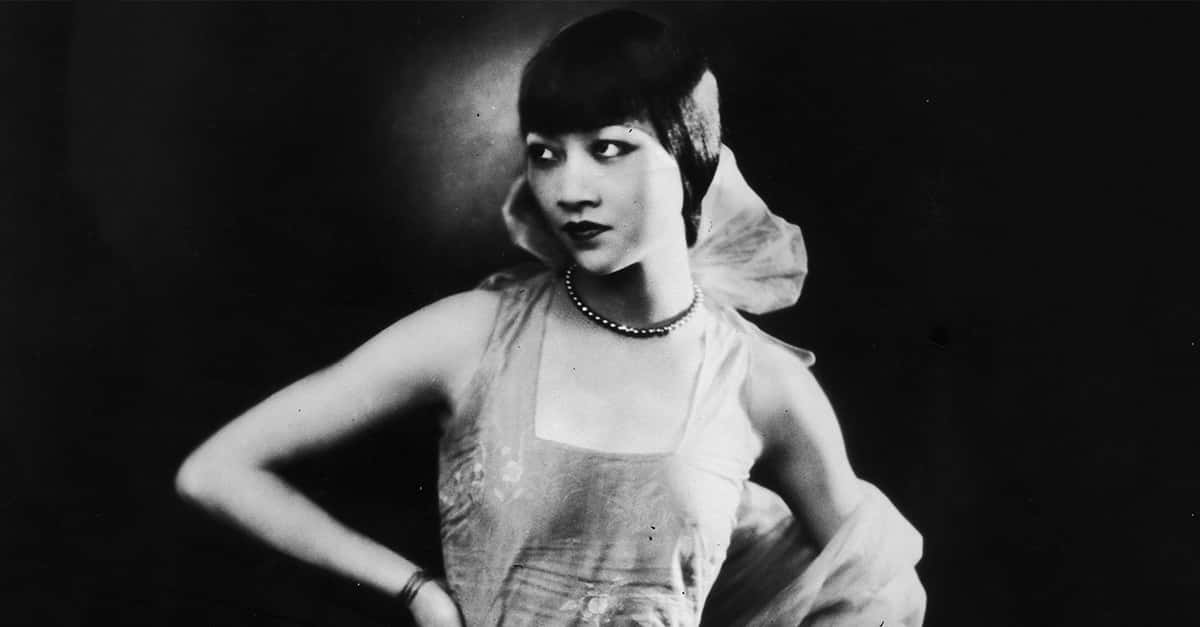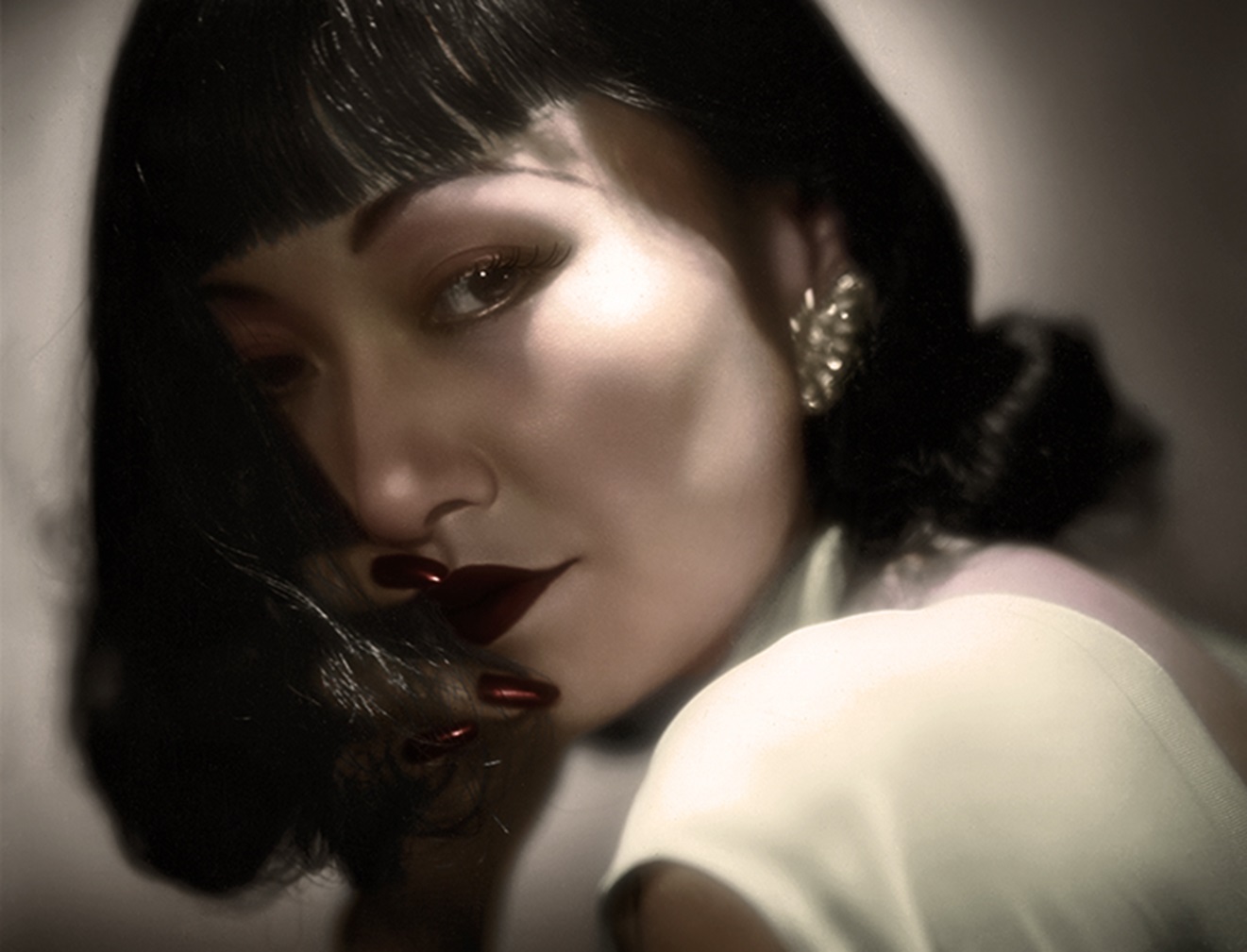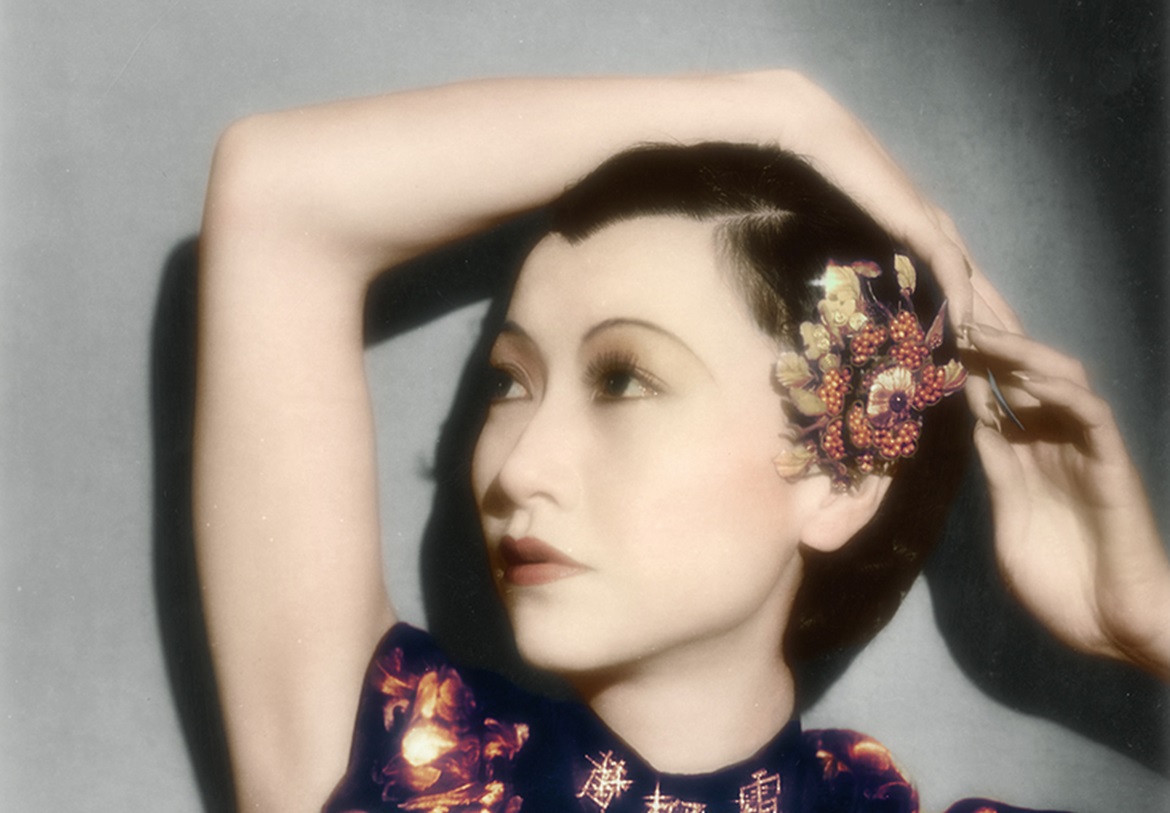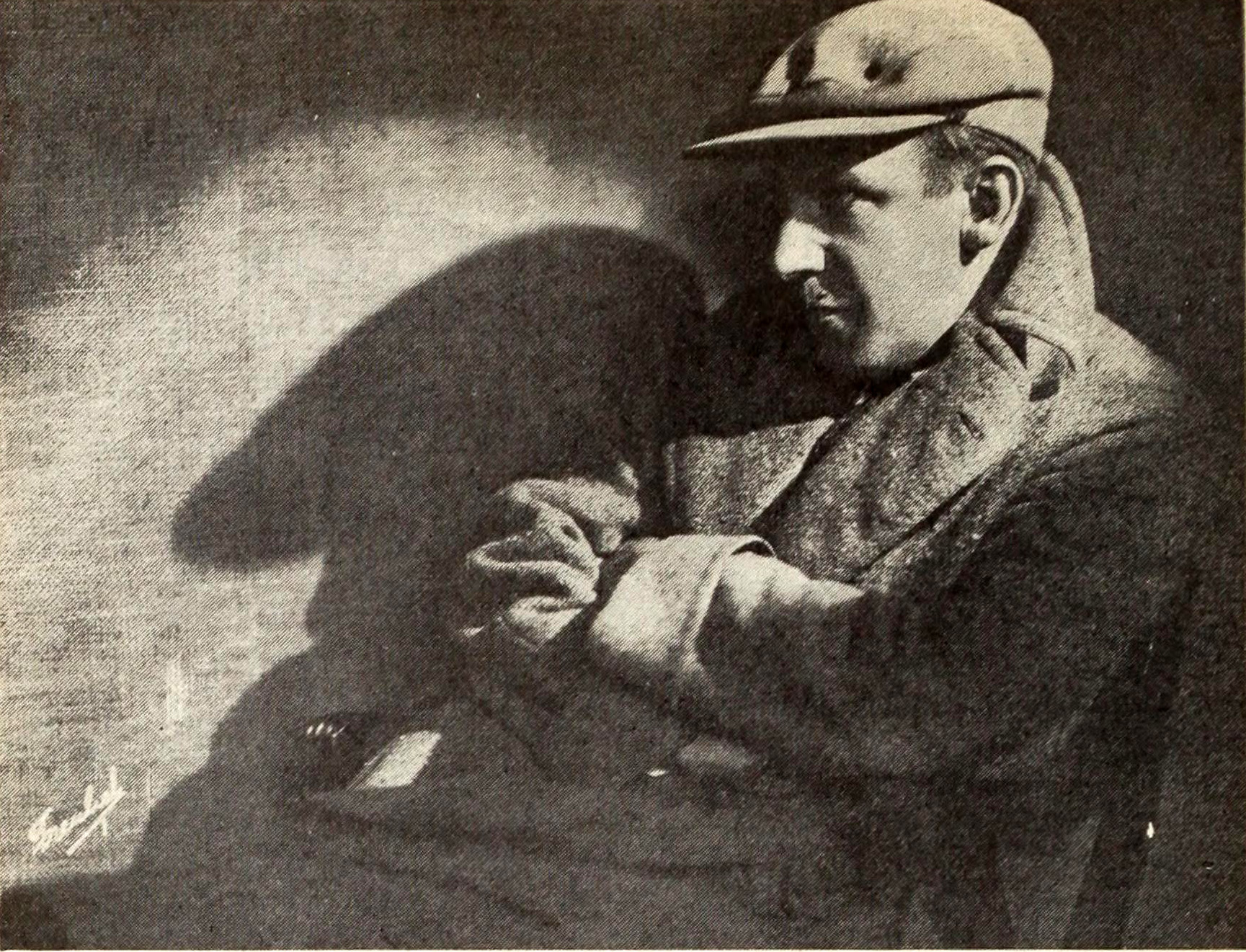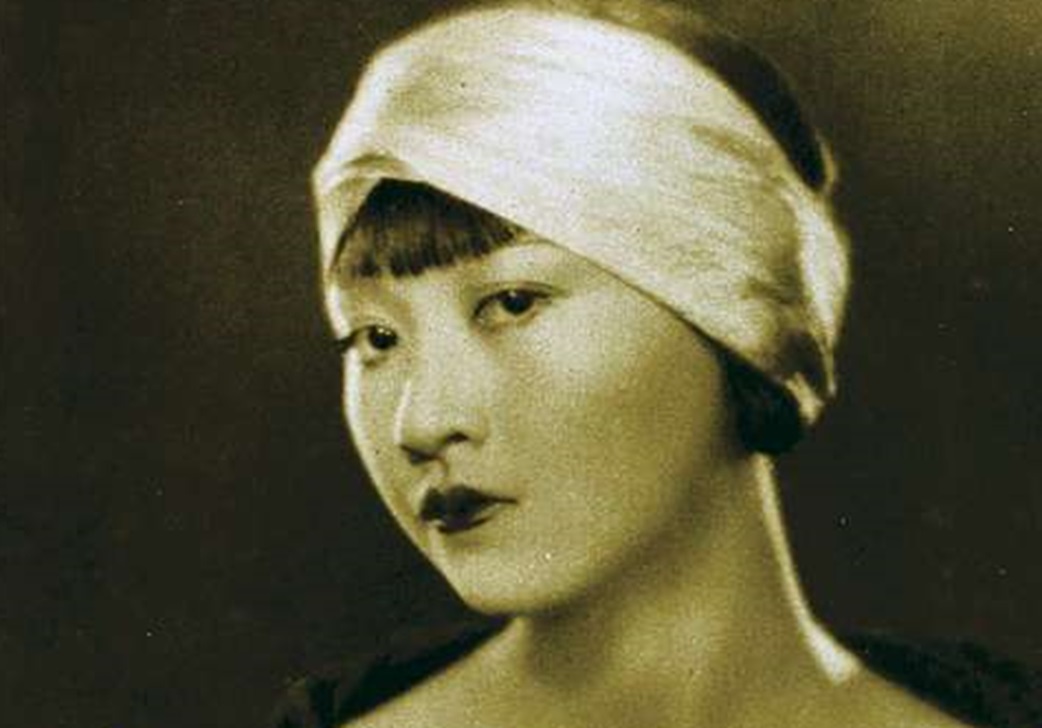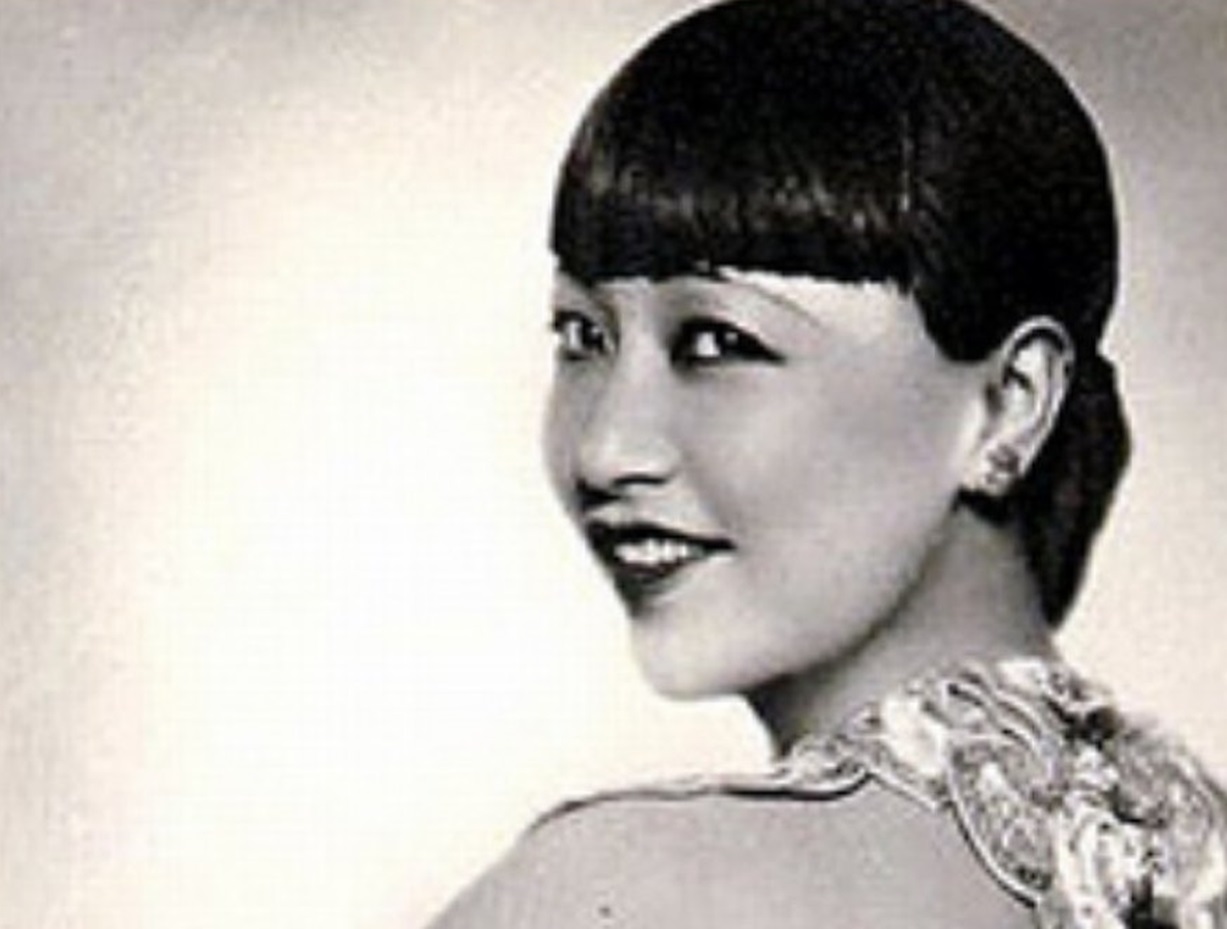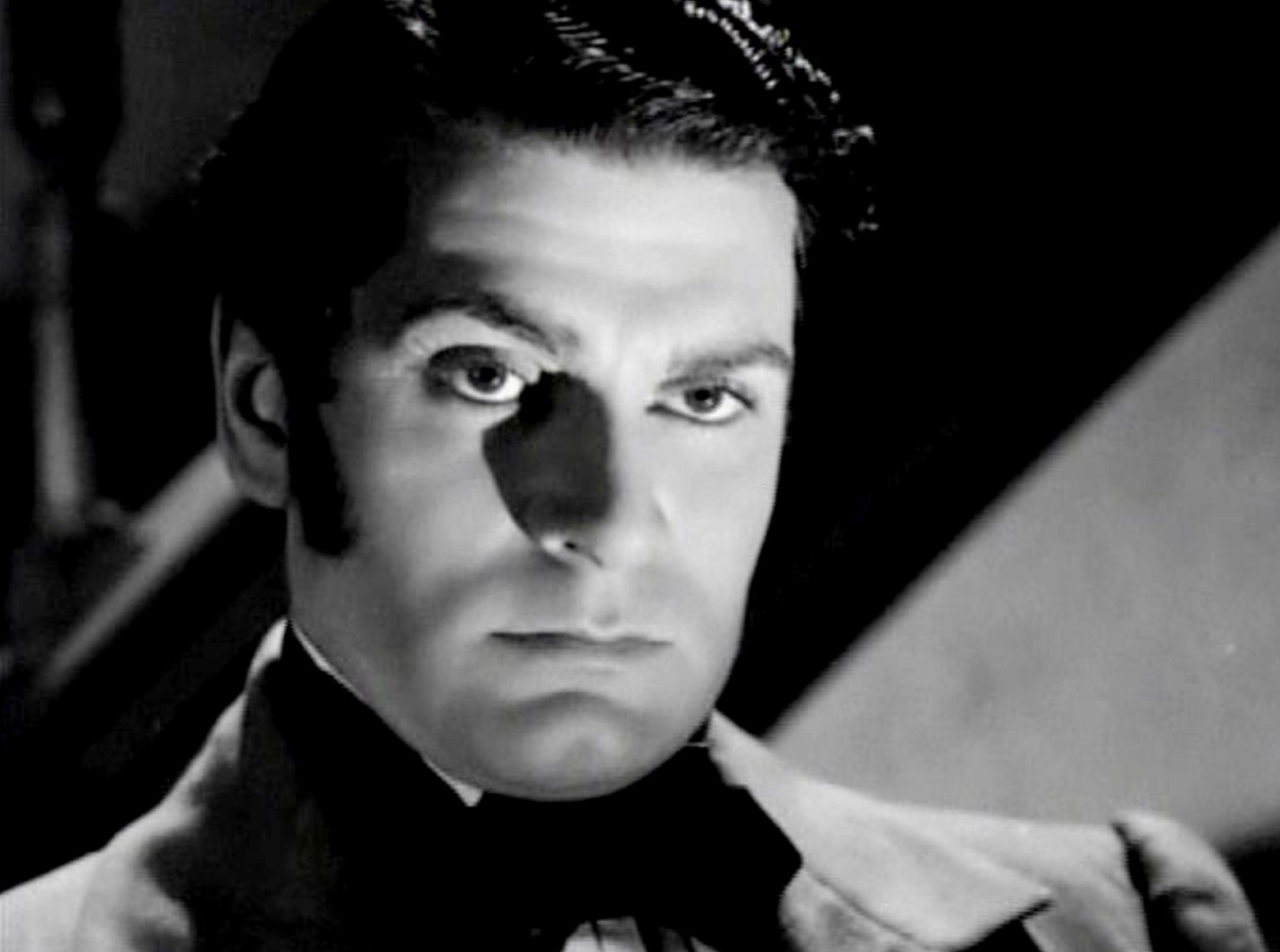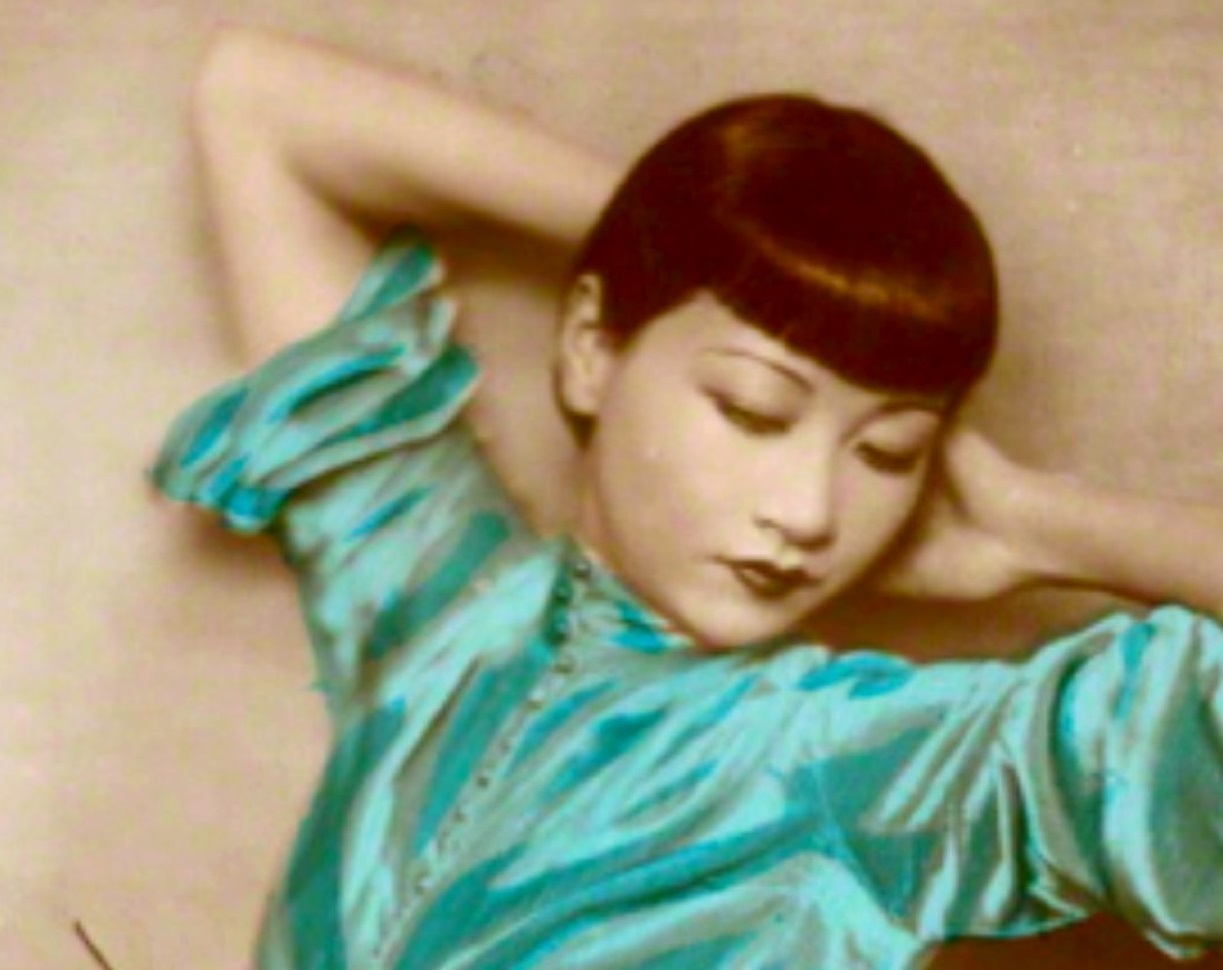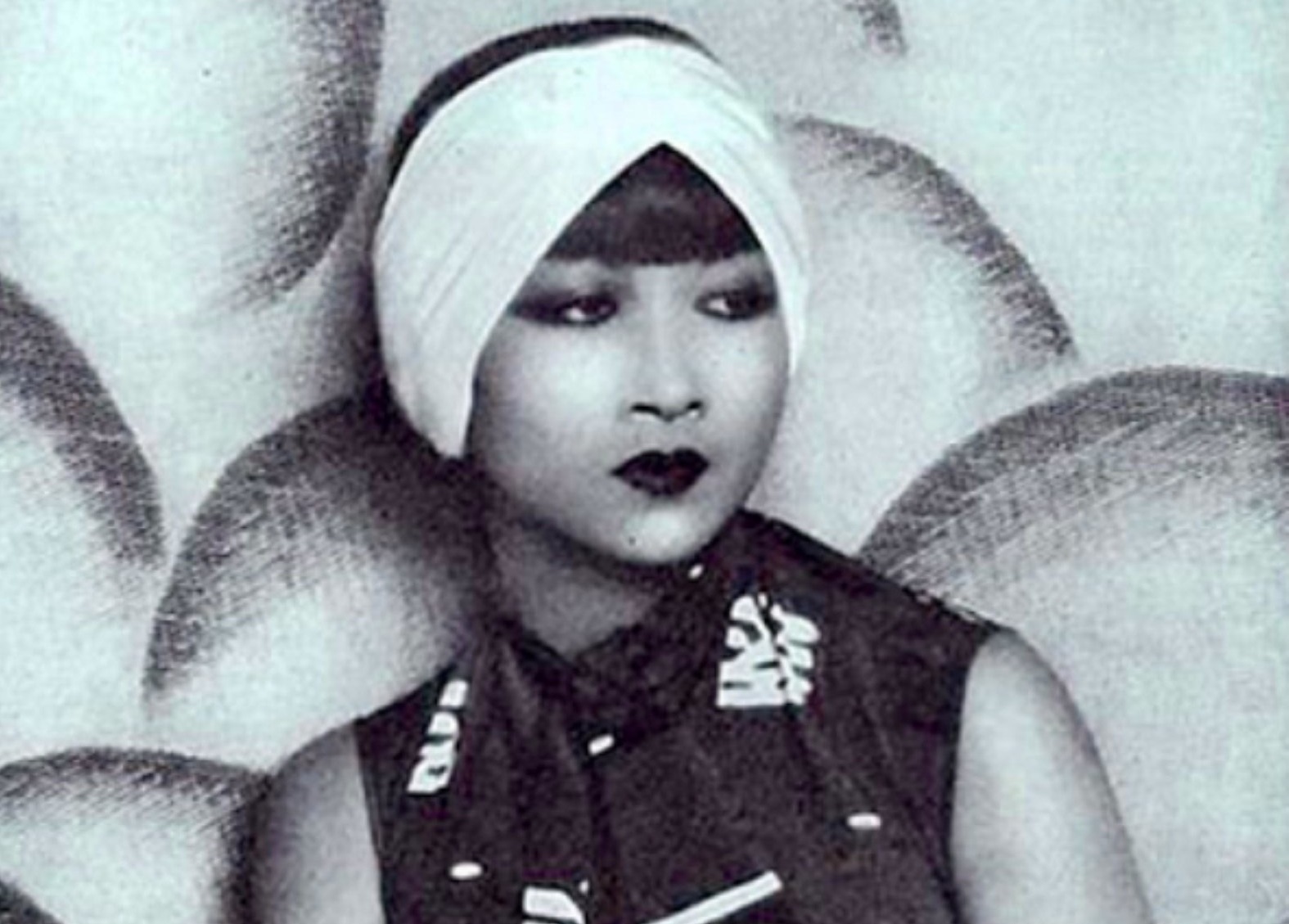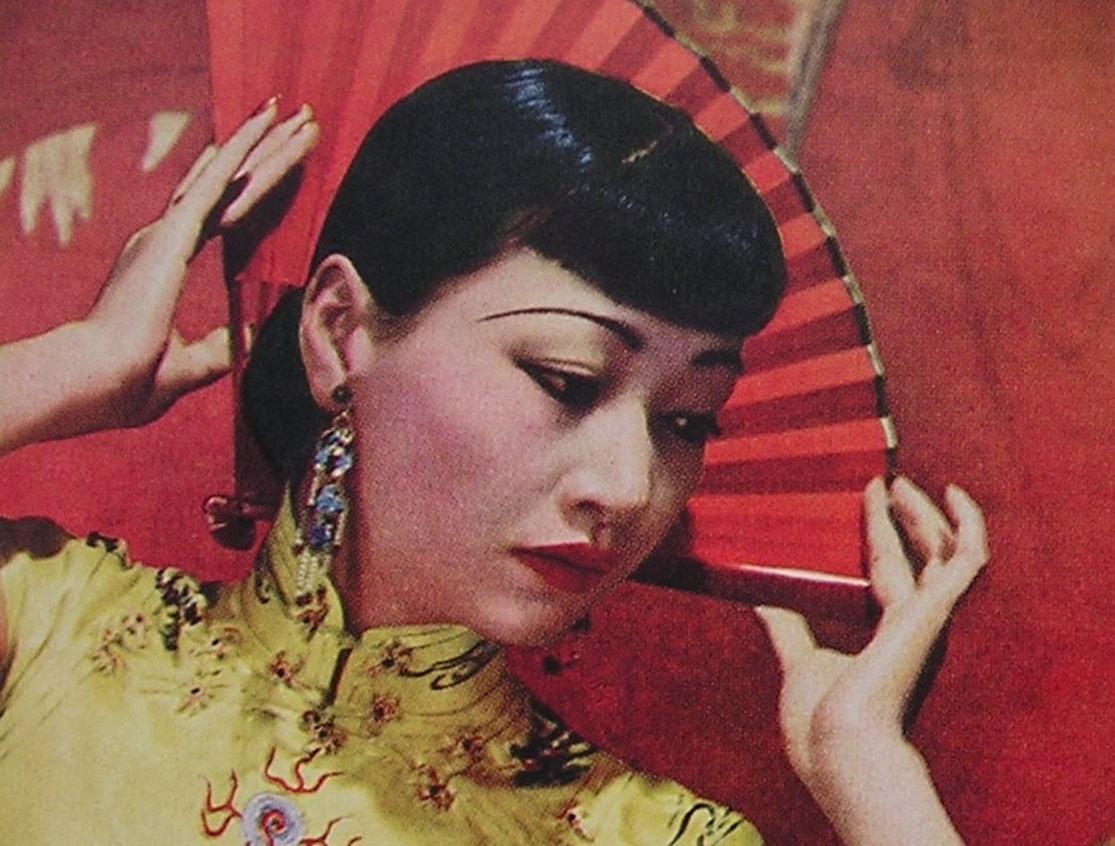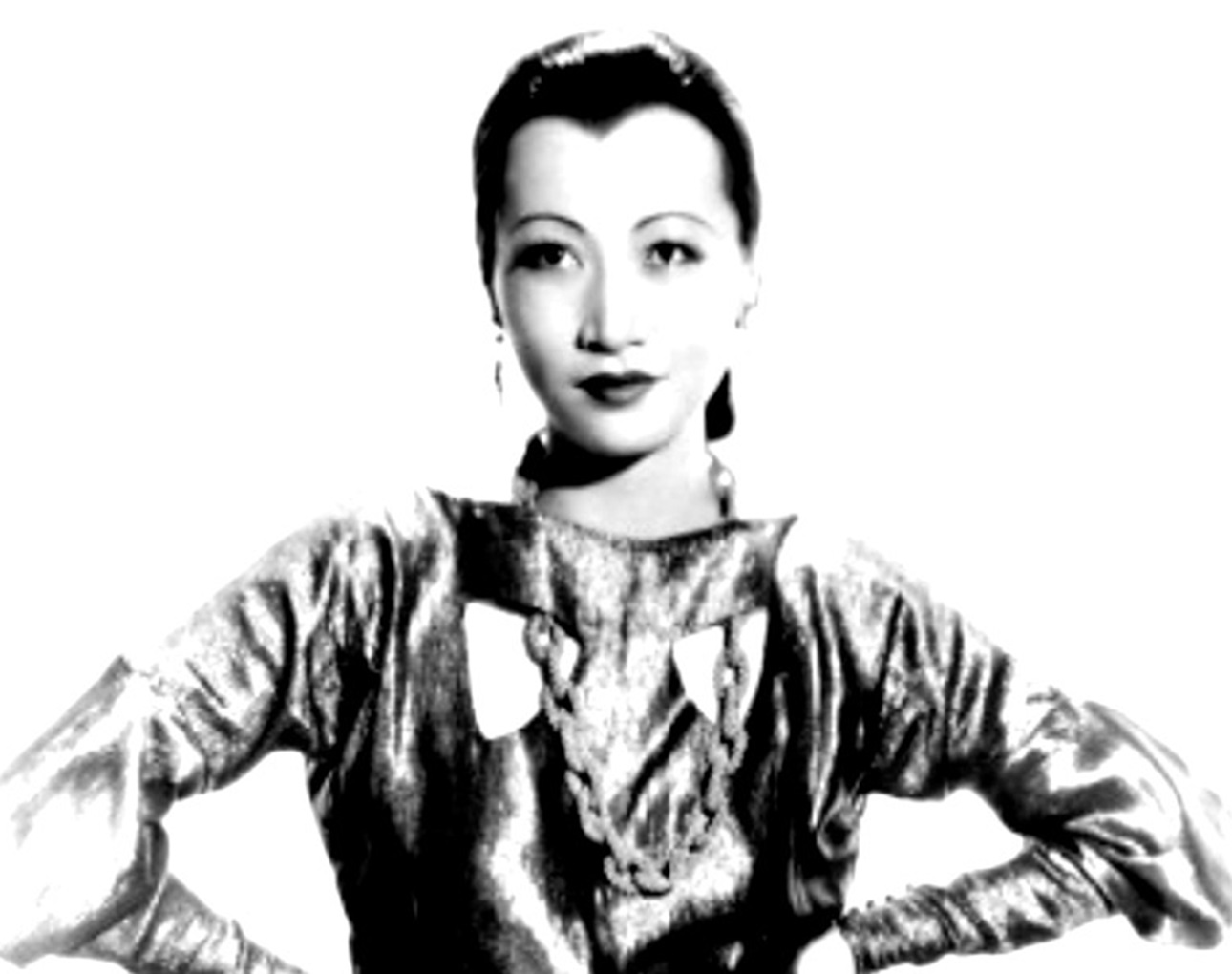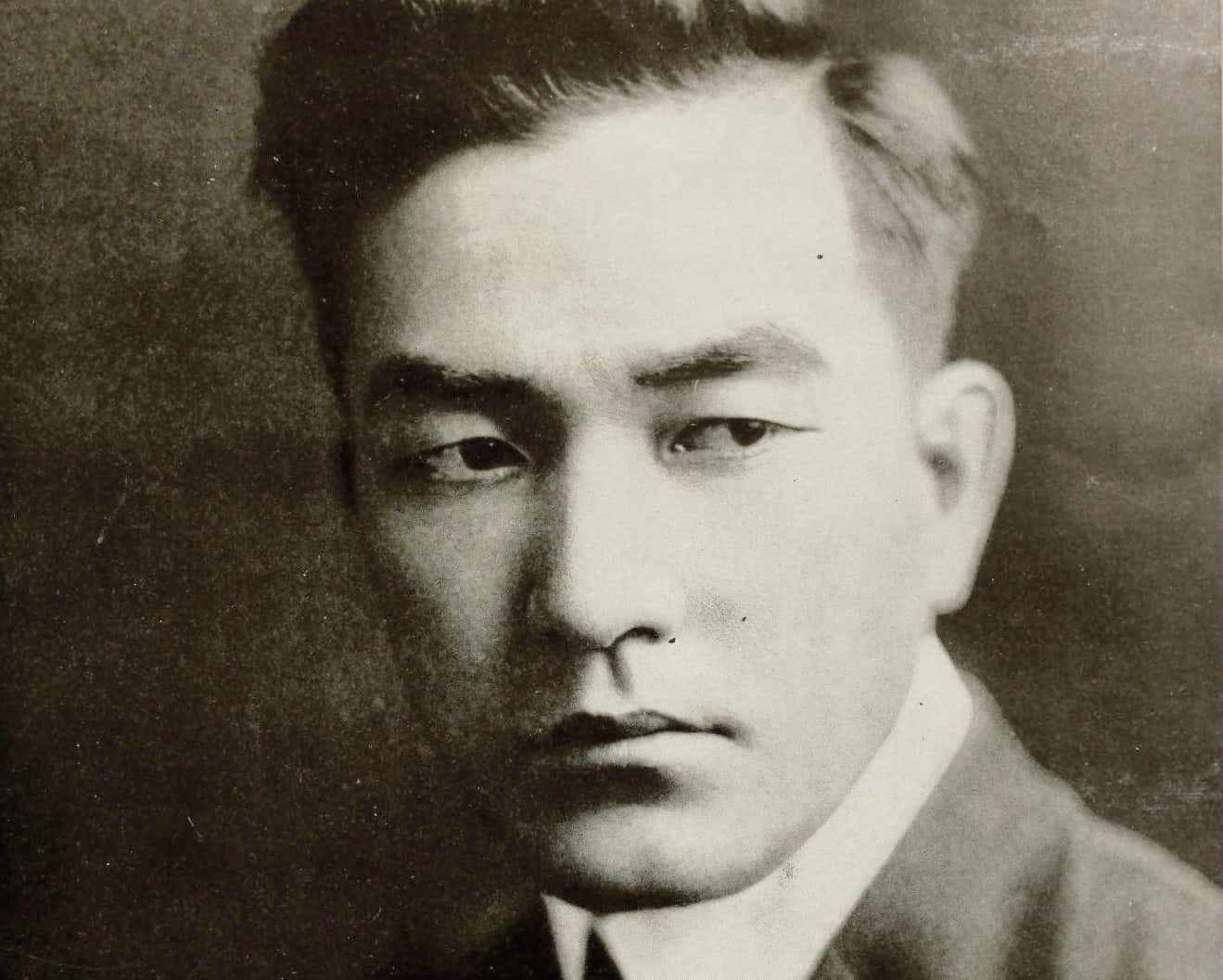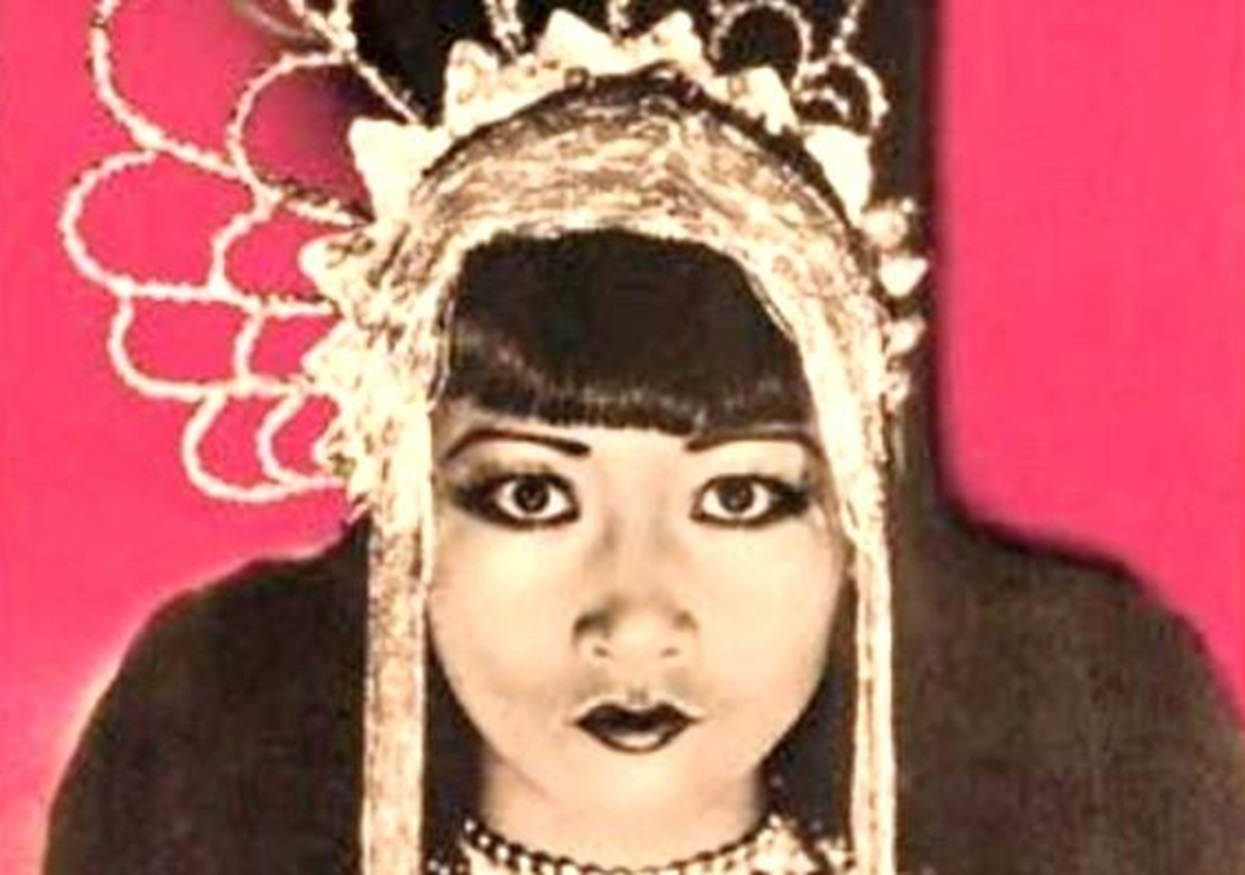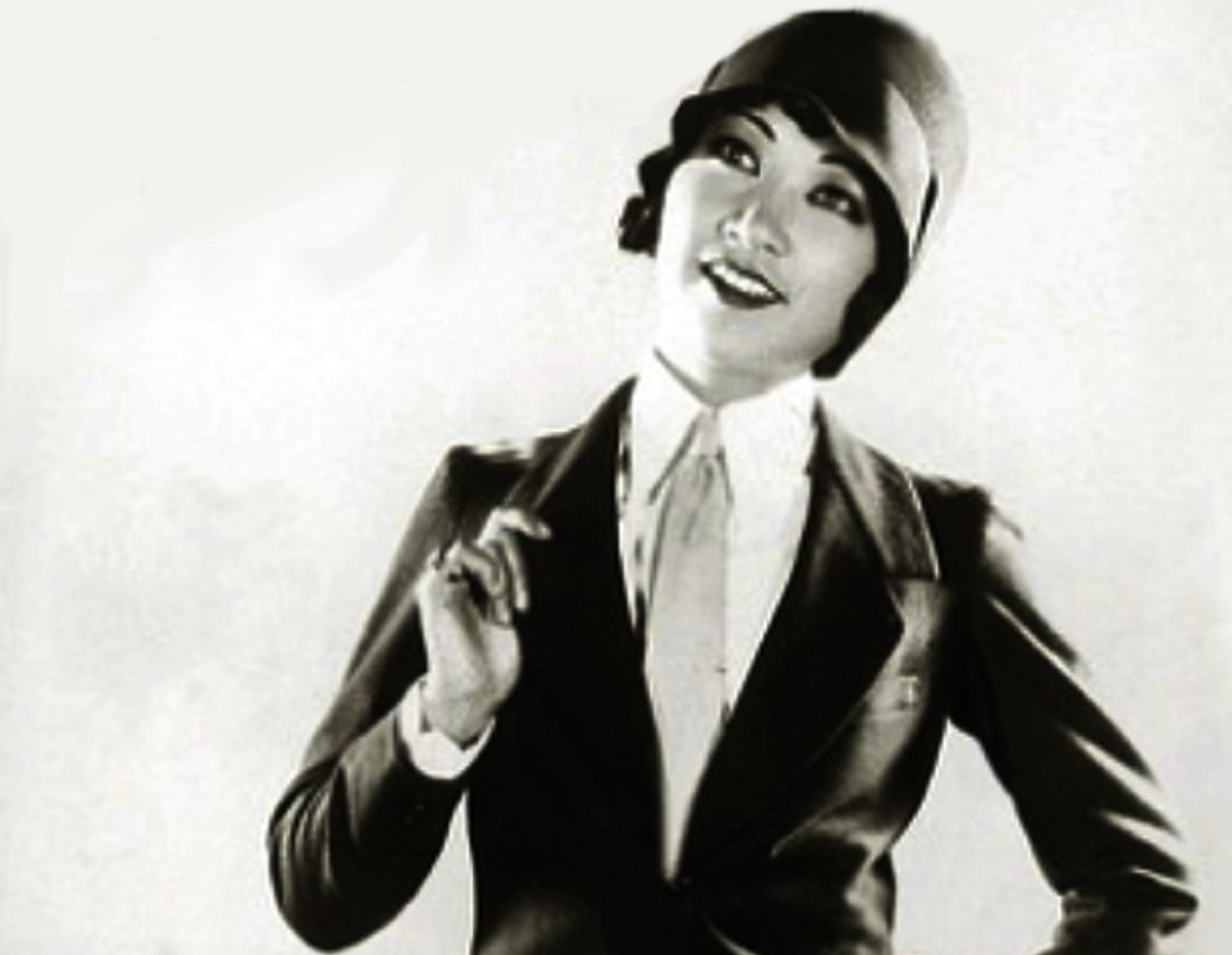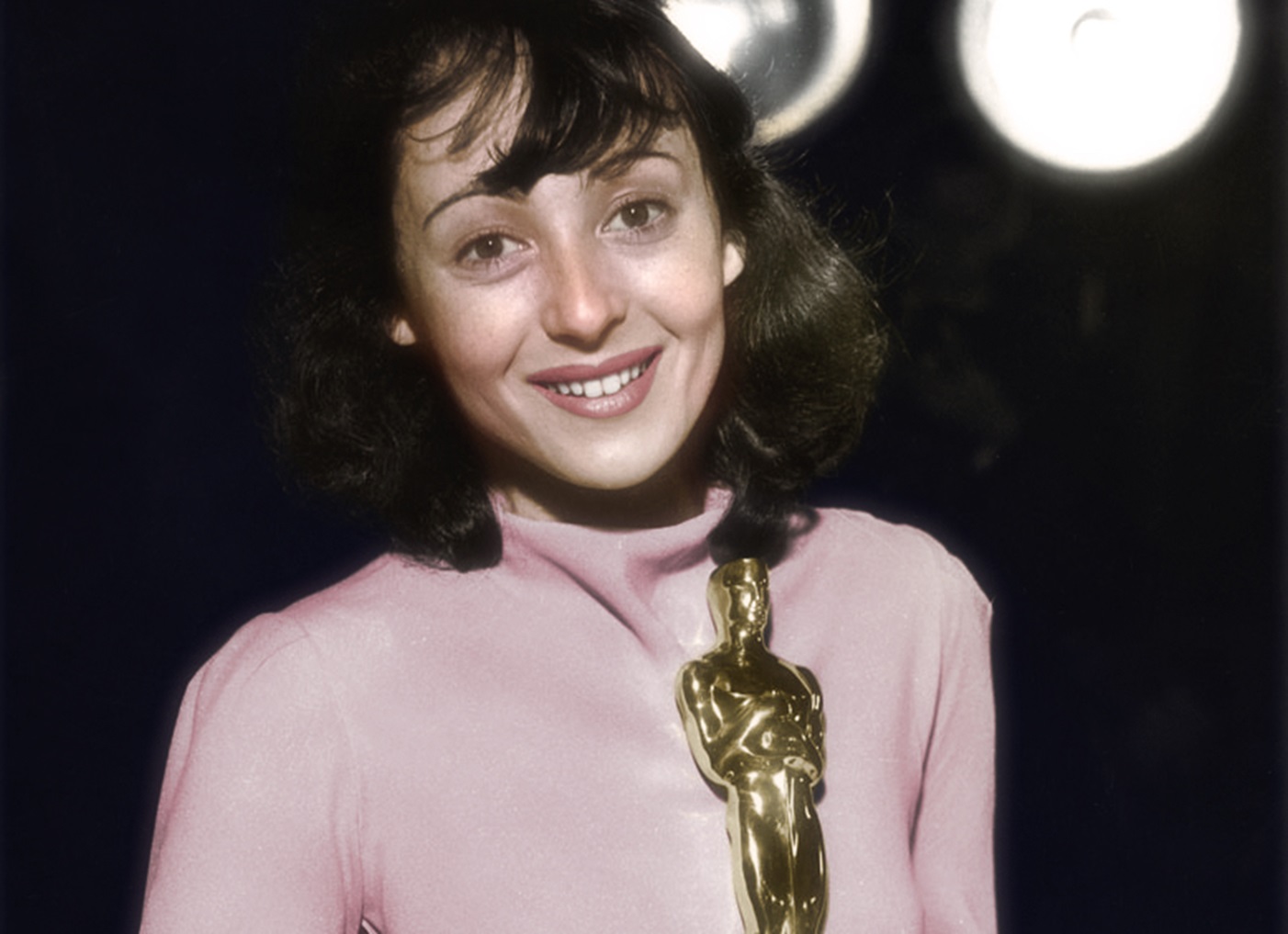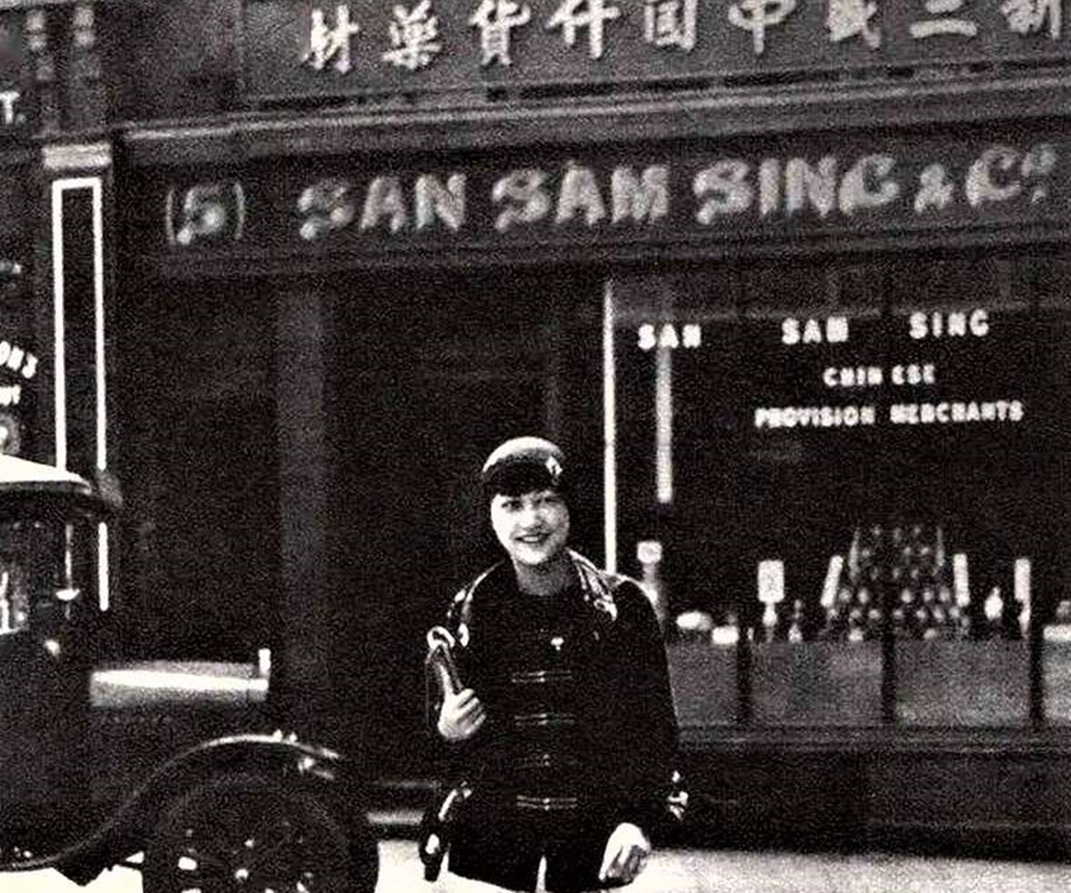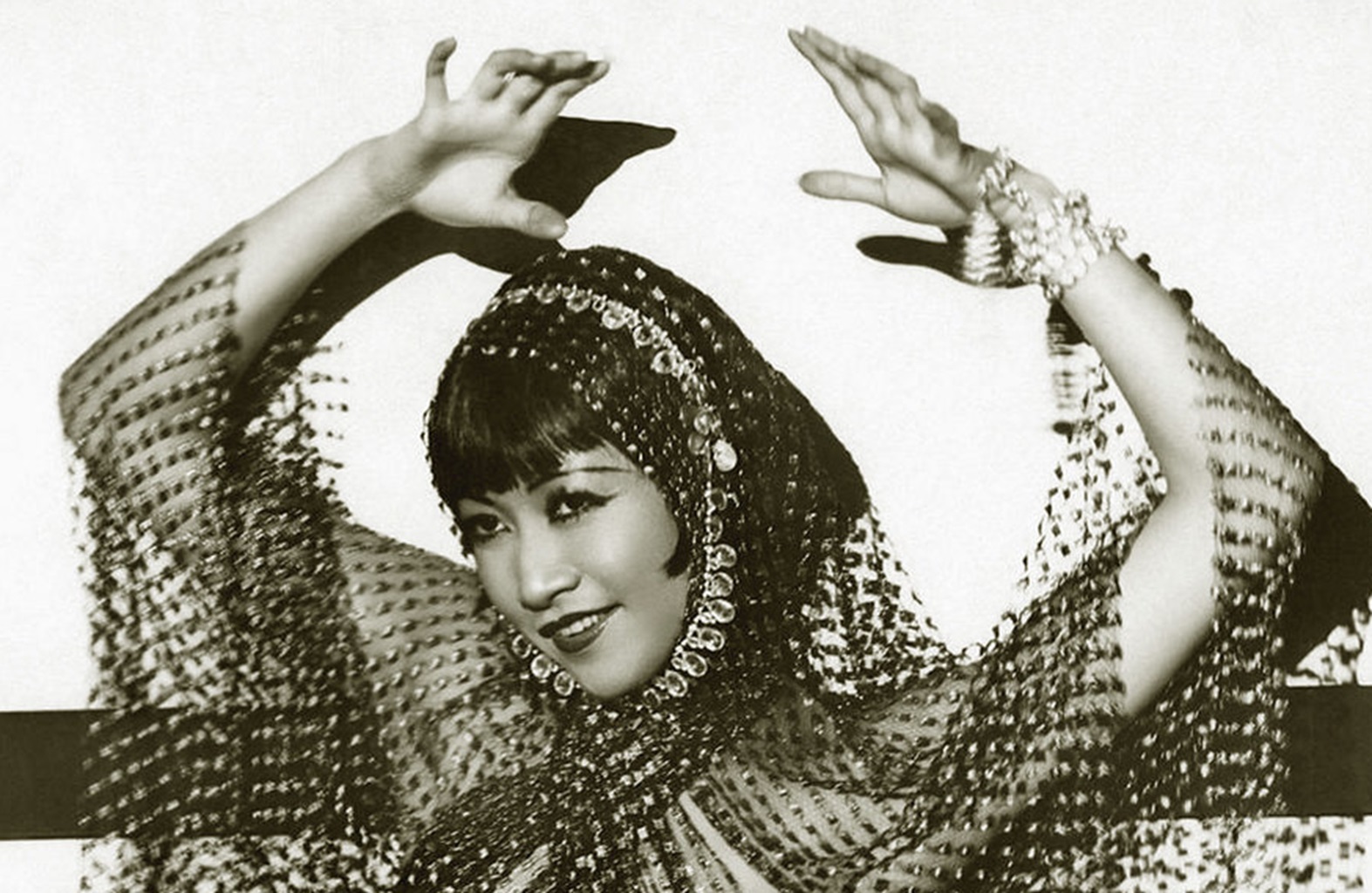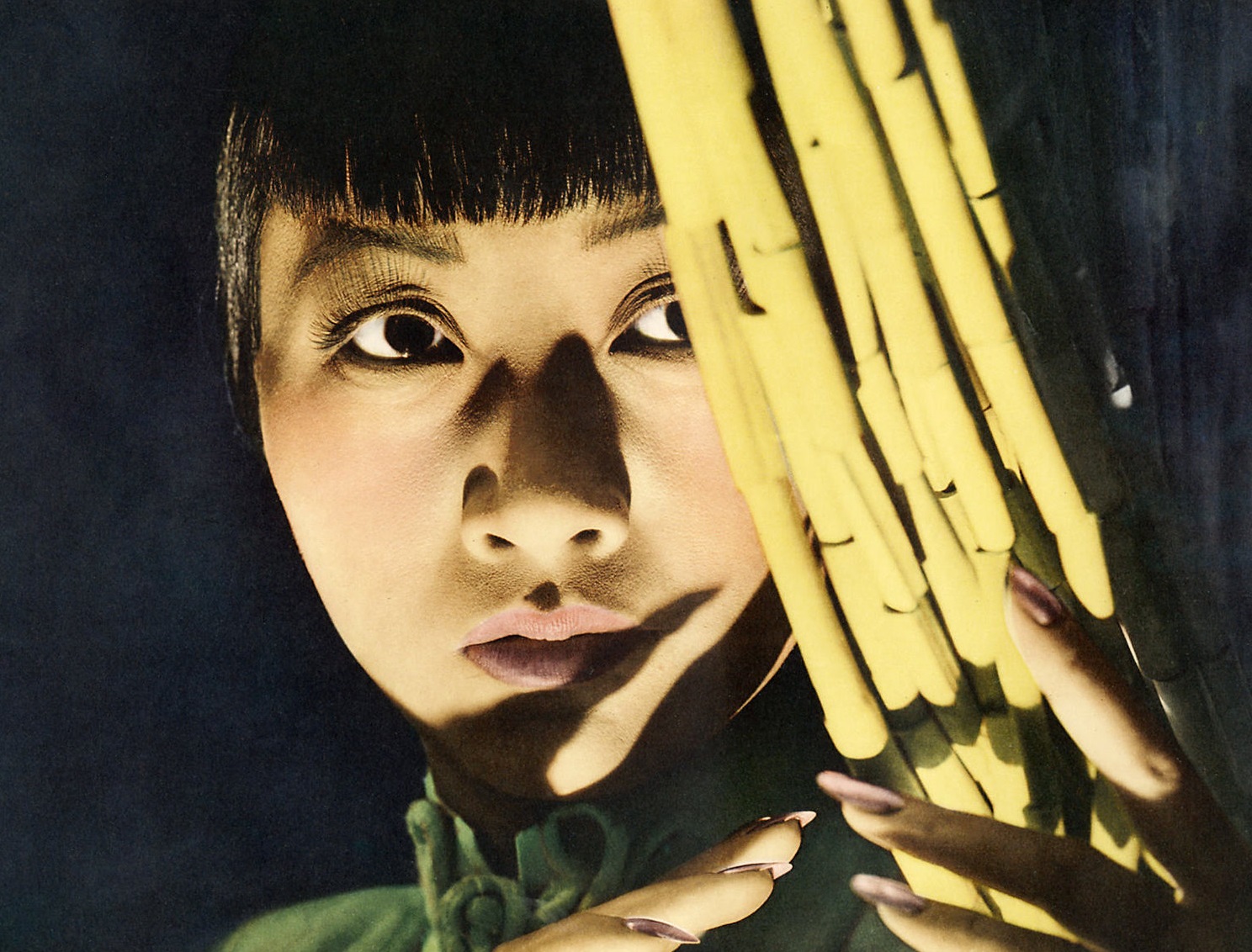Anna May Wong was the first Chinese American film star in Hollywood. Sadly, she never got the credit she deserved—just the drama.
1. She Was Underappreciated
Anna May Wong defied convention as the first Chinese American film star. But her talents were sorely underappreciated—and even undermined by those closest to her. Constrained by a culture of discrimination, she rarely had the opportunity to show off her true talents.
In the end, her star shone through. But it cost her everything.
 Eugene Robert Richee, Wikimedia Commons
Eugene Robert Richee, Wikimedia Commons
2. She Was A Laundry Maid
Wong Liu Tsong (aka Anna May Wong) was born to second-generation Chinese American immigrants in January 1905. Even growing up in the middle of Los Angeles, Wong found herself immersed in her ancestral culture. Her parents expected her to grow up and help with the family business, Sam Kee Laundry. But Wong had bigger hopes and dreams.
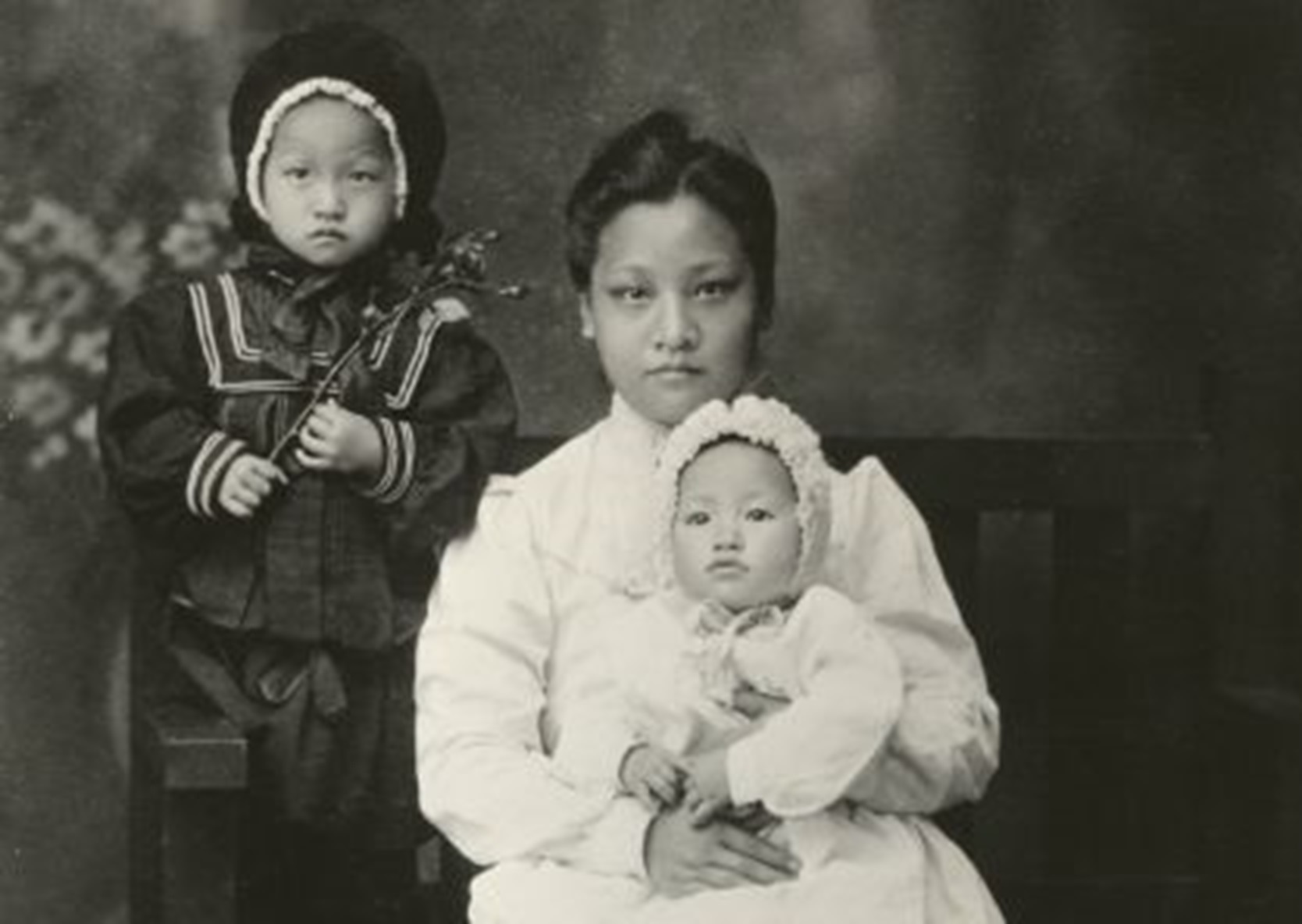 Wisconsin Center for Film and Theater Research, Wikimedia Commons
Wisconsin Center for Film and Theater Research, Wikimedia Commons
3. She Fell For The “Flickers”
Wong and her family moved into a house on Figueroa Street. They may have been the only Chinese Americans in the area, but there was something else there that made Wong feel at home. Film studios began producing movies right in her neighborhood. Fascinated, Wong started skipping classes and using her lunch money to go see the new “flickers”.
There was one person who did not share her appreciation for the Nickelodeon theaters.
 Carl Van Vechten, Wikimedia Commons
Carl Van Vechten, Wikimedia Commons
4. She Was Just Very Curious
Wong’s father disapproved of her obsession with film as Chinese culture still associated acting with, well, less reputable professions. But Wong didn’t care. At nine, she made the bold decision to become an actress in the budding Hollywood industry. In fact, Wong hung around film sets so much that casts and crews started calling: “CCC”.
It stood for “Curious Chinese Child”. She had a better name for herself though: Anna May Wong. It wouldn’t be long before her new name was in lights.
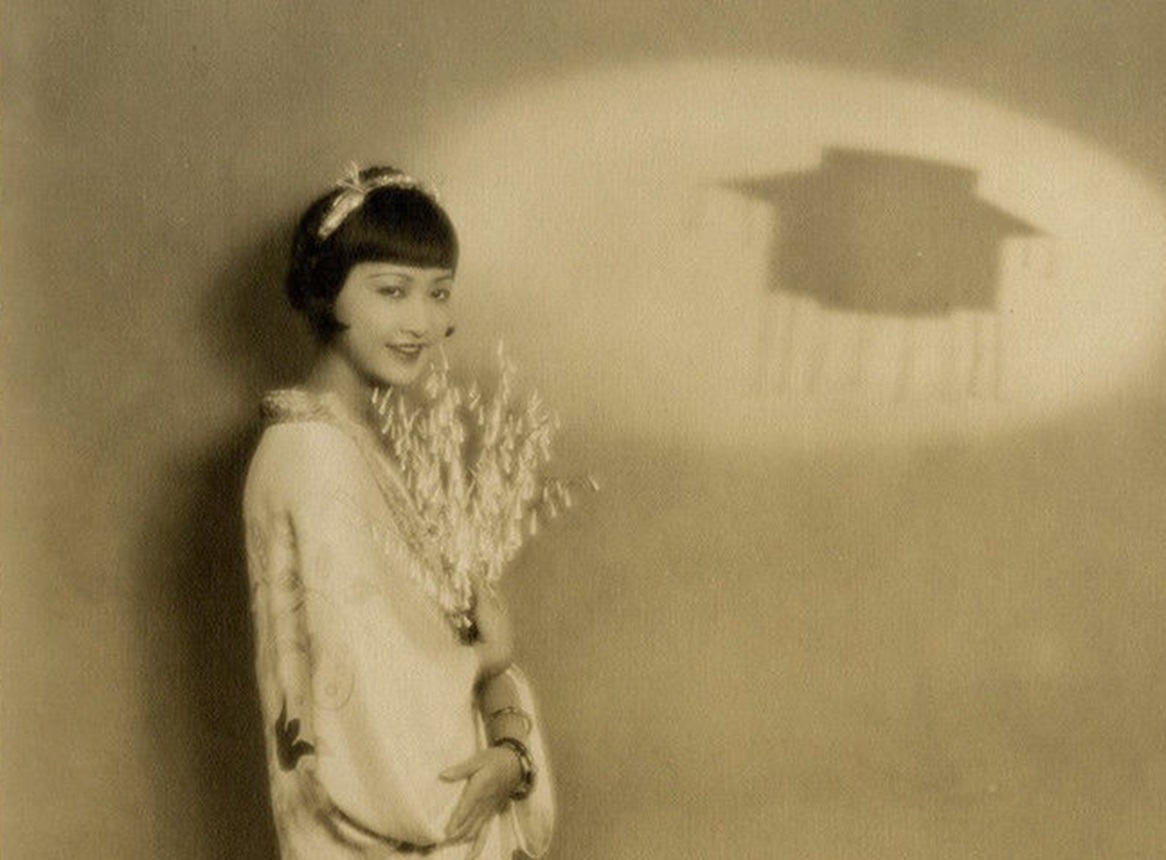 Albert Witzel, Wikimedia Commons
Albert Witzel, Wikimedia Commons
5. She Taught Herself To Act
After spending countless hours lingering around film sets, Wong would run home and practice what she had seen. Years later, she recalled how she trained herself to become an actress, looking in the mirror and testing out her abilities. “I would be the pure girl repulsing the evil suitor,” she said, “the young mother pleading for her baby, the vamp luring her victim”.
All of her hard work paid off sooner than she expected.
 Liangyou magazine, Wikimedia Commons
Liangyou magazine, Wikimedia Commons
6. She Was A Little Extra
In an ironic twist to her story, Wong’s disapproving father was at least partially responsible for her film debut. Thanks to a connection of her father’s, Wong landed a role as a prominent extra in 1919’s Red Lantern when she was just 14 years old. However, fate could be cruel and her early success was very nearly her only success.
She barely overcame her next challenge in life.
 Carl Van Vechten, Wikimedia Commons
Carl Van Vechten, Wikimedia Commons
7. She Had A Strange Illness
Just as her acting career was getting started, Wong began experiencing symptoms of a mysterious illness, her muscles shaking and twitching uncontrollably. Doctors eventually diagnosed her with rheumatic chorea, aka St Vitus’ Dance. The horrible disease would have spelled the end of her ambitions to star in films if it hadn’t been for her heritage.
 Carl Van Vechten, Wikimedia Commons
Carl Van Vechten, Wikimedia Commons
8. Her Ancestors Healed Her
Western medicine failed to cure Wong of her frenzied shakes. Thankfully, her family knew of other medical practices. Wong’s father took her to practitioners of traditional Chinese medicine who, within a flash, cured her illness. But, much to her father’s dismay, it didn’t cure Wong of her love for film. And she was about to make a drastic decision.
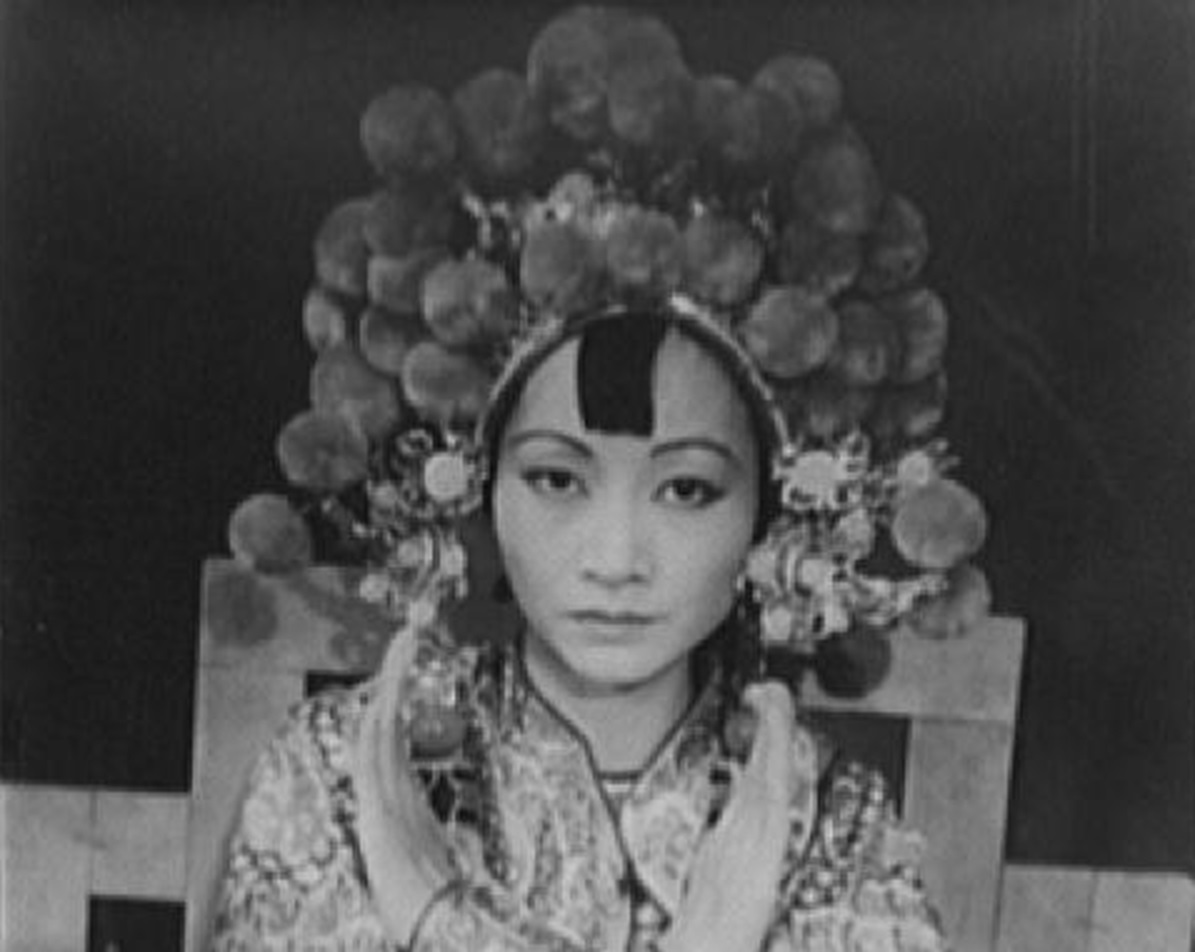 Carl Van Vechten, Wikimedia Commons
Carl Van Vechten, Wikimedia Commons
9. She Gave Up Everything To Act
While Wong’s other siblings filled the role of the dutiful child, Wong was hoping to fill another kind of role: a starring one. In a brash decision, she dropped out of high school to dedicate herself completely to her acting career. “I was so young when I began that I knew I still had youth if I failed” Wong later explained, “I determined to give myself 10 years to succeed as an actress”.
She wouldn’t even need one year.
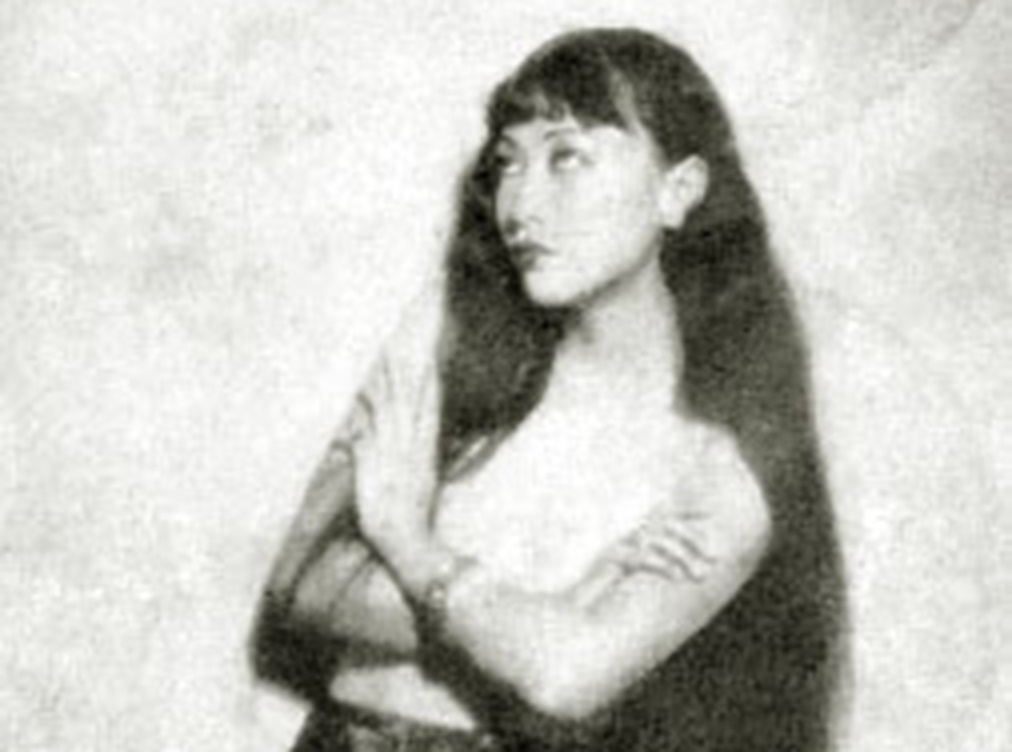 Unknown Author, Wikimedia Commons
Unknown Author, Wikimedia Commons

History's most fascinating stories and darkest secrets, delivered to your inbox daily.
10. She Doubted Her Abilities
At just 17 years old, Wong got the big break she had hoped for. The young thespian landed the starring role in the 1922 silent film The Toll of the Sea. Even though the film had the star power of Frances Marion as writer and Kenneth Harlan as male lead, Wong doubted her own abilities. “This picture will never reach the screen,” she feared.
She drastically underestimated herself.
 J.A. Ball / Hal C. Kern, Wikimedia Commons
J.A. Ball / Hal C. Kern, Wikimedia Commons
11. She Made The Critics Crazy
The Toll of the Sea did, in fact, reach the screens—and Anna May Wong reached her dreams. Of all the starpower in front of and behind the camera, critics singled out Wong for praise. The New York Times wrote gushingly about her performance, claiming that, “She should be seen again and often on the screen”. But it wouldn’t be that easy.
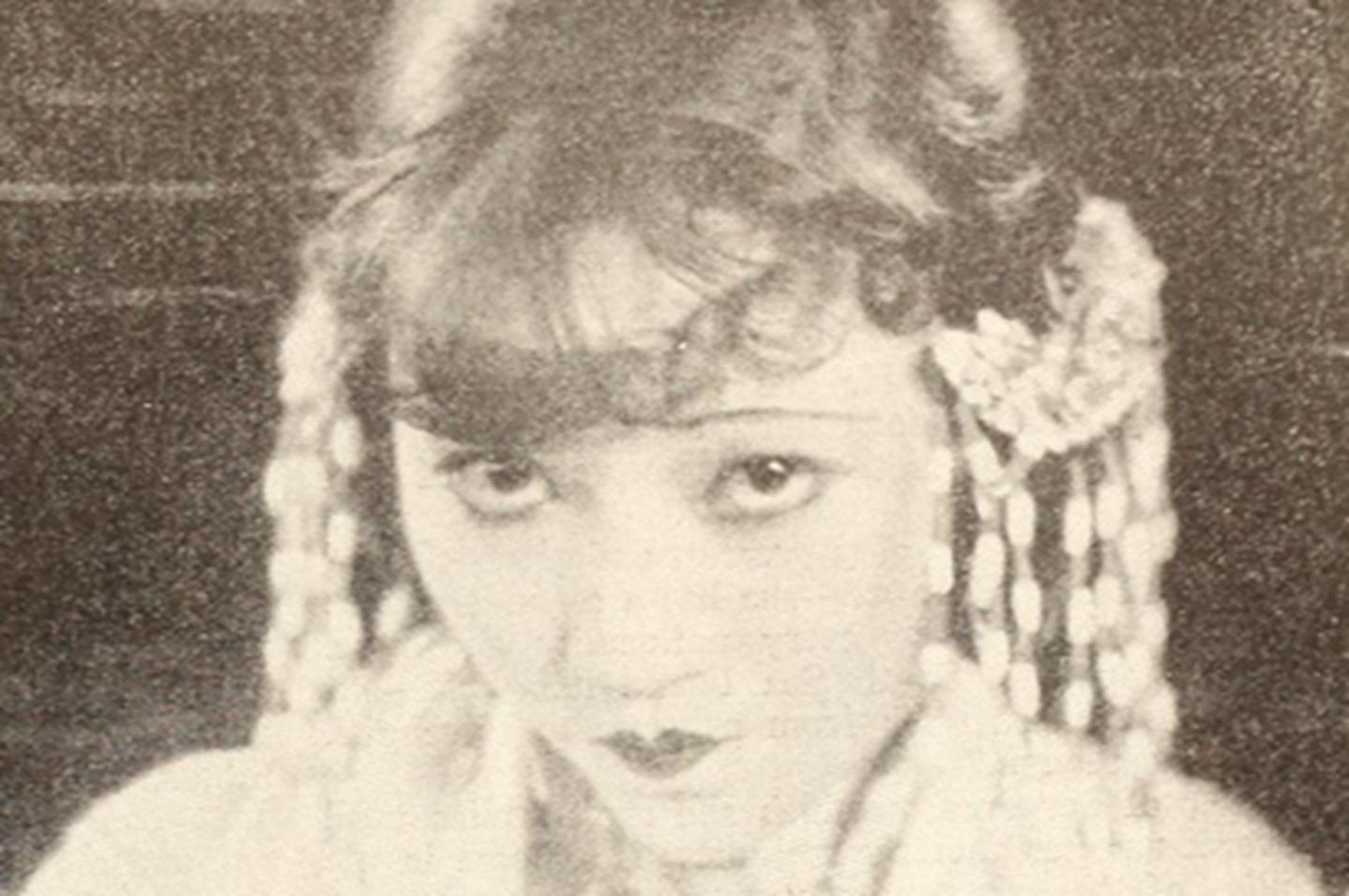 Street & Smith Corp., Wikimedia Commons
Street & Smith Corp., Wikimedia Commons
12. She Became The Brightest Star
From just her first lead role, Wong had become a star—so undeniable was her talent and gravitas on screen. She even appeared on the cover of the British film magazine, Picture Show. It certainly seemed as though superstardom was just around the corner, and she would be able to pick any role she wanted.
However, there was one problem—and sadly, there would be nothing she could do to fix it.
13. She Faced Discrimination
Hollywood in the 1920s had to contend with the cultural morays of the time—ie, prejudice. Anti-miscegenation laws prevented the portrayal of interracial couples on-screen. In other words, because of Wong’s heritage, she could only take lead roles opposite leading men who were also Chinese or, at least, Asian. Needless to say, they were few and far between.
 J.A. Ball / Hal C. Kern, Wikimedia Commons
J.A. Ball / Hal C. Kern, Wikimedia Commons
14. She Was Too Famous For Her Own Good
Despite her obvious talent and on-screen magnetism, Wong faced a hurdle that, to some producers, outshone her starpower. The film curator David Schwartz summarized Wong’s situation, saying, “She built up a level of stardom in Hollywood, but Hollywood didn't know what to do with her”. Somehow, Wong made the best of the worst situation.
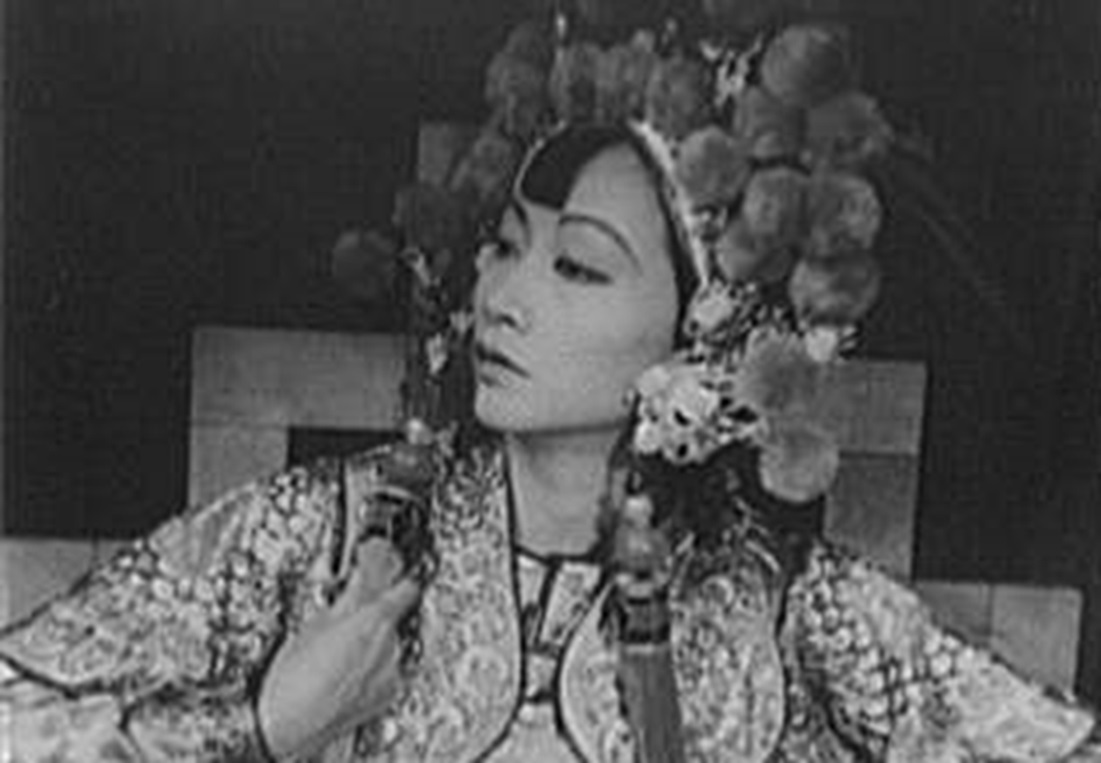 Carl Van Vechten, Wikimedia Commons
Carl Van Vechten, Wikimedia Commons
15. She Was Just Happy To Be On Screen
At first, Wong couldn’t believe her luck that she, of all people, could be an actress in Hollywood. Frankly, she was happy just to be on the screen in any capacity. “Pictures are fine,” Wong said, “and I'm getting along all right”. But, with no end in sight to the anti-miscegenation laws, she always kept a foot in her family’s laundry business.
The only thing she needed to wash, however, would be her reputation.
16. She Played Stereotypical Roles
With anti-miscegenation laws keeping Wong out of leading lady roles, she accepted whatever came her way. Off the back of her success from The Toll of the Sea, Wong played the part of a conniving Mongol Slave in Douglas Fairbanks’ The Thief of Bagdad. The film was a critical and commercial success and propelled Wong to new fame.
This time, however, not all of the press was positive.
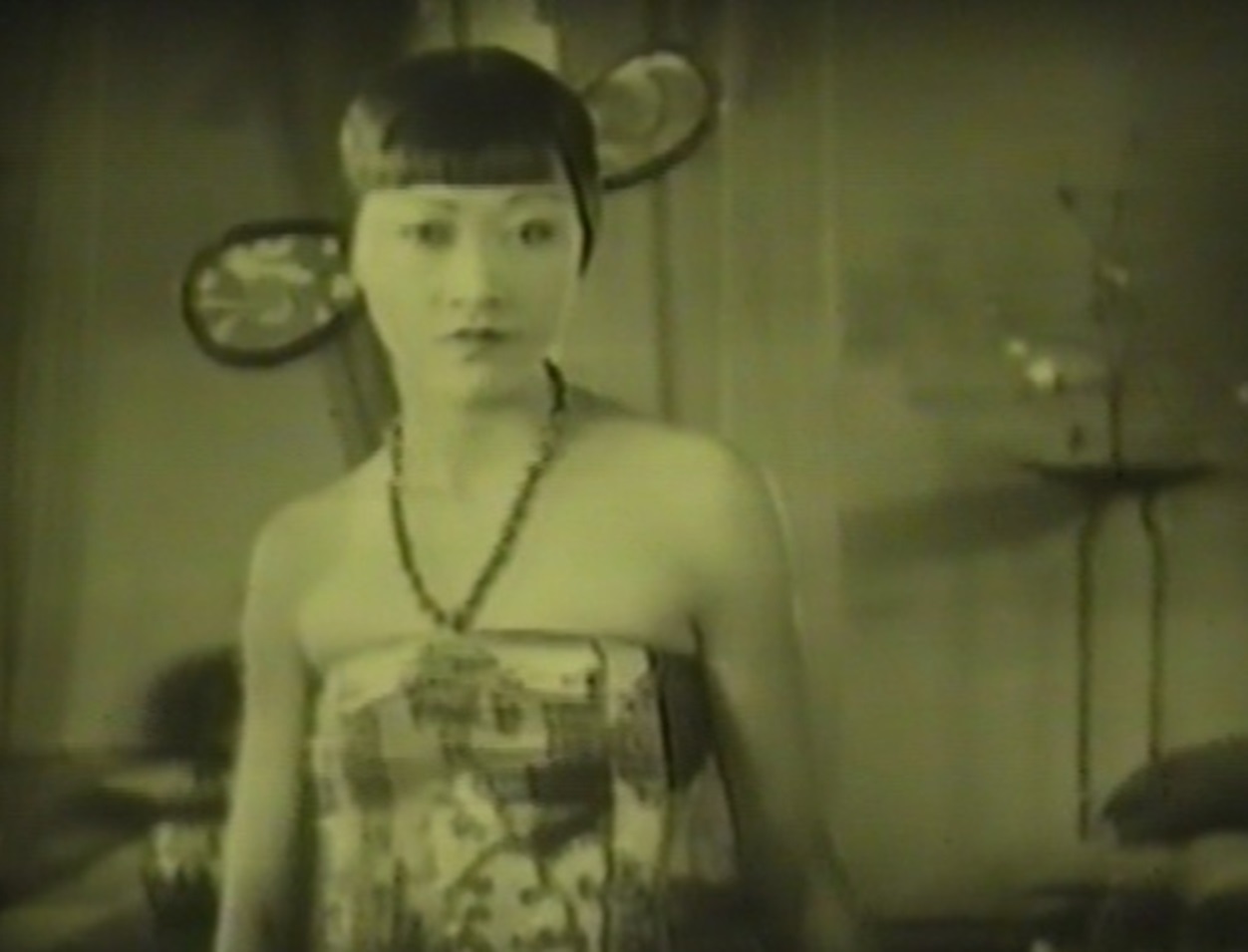 Arthur Edeson, Wikimedia Commons
Arthur Edeson, Wikimedia Commons
17. She Had A Much Older Lover (Maybe)
Exuding an aura of mystique on the screen, Wong naturally fueled the tabloids. Around the time of her breakout performances, the gossip columns linked Wong to several Hollywood high rollers. One of her first rumored lovers was Tod Browning, who, at 23-years her senior, had directed her in Drifting when she was just 16.
And the speculation didn’t end there.
18. She Kept The Tabloids In Print
The gossip mill couldn’t get enough of Wong’s unique charms and they speculated wildly about her romantic conquests. When nothing came of her rumored romance to Browning, the tabloids speculated that Wong had taken up with cinematographer Charles Rosher—another man who was old enough to be her father. But Wong always kept them guessing.
 Photoplay Magazine Chicago, Wikimedia Commons
Photoplay Magazine Chicago, Wikimedia Commons
19. She Was Secretive
While other starlets gushed about their personal lives to anyone with a microphone, Wong had a way of keeping her private life very private. On red carpets and in interviews, Wong always preempted questions about her personal life by saying, “It’s not true”. Her secretive yet playful demeanor only added to her mysterious image.
She definitely wasn’t all that met the eye.
 Hugh Arnott, CC-BY-SA-4.0, Wikimedia Commons
Hugh Arnott, CC-BY-SA-4.0, Wikimedia Commons
20. She Was As American As Apple Pie
In a world still unfamiliar with Chinese culture and history, Wong fought against misperceptions her whole life. In fact, most audiences didn’t even know that Wong was American. To combat the stereotyping, she adopted the “flapper” image in an attempt to make herself feel more familiar to American viewers. But the prejudice was worse than she knew.
 Carl Van Vechten, Wikimedia Commons
Carl Van Vechten, Wikimedia Commons
21. She Was Always Second Best
Wong’s attempts to “Americanize” her image couldn’t overcome the biases of audiences. Despite her growing popularity, studios still refused to cast Wong for leading roles opposite white leading men. Instead, she was relegated to always playing secondary characters that stereotyped Chinese women as the demuring and coy “Butterfly” or the vindictive and conniving “Dragon Lady”.
She even received criticism from those who should have praised her.
 Carl Van Vechten, Wikimedia Commons
Carl Van Vechten, Wikimedia Commons
22. She Had Powerful Enemies
Throughout her career, Wong fought against prejudice—even from other Chinese people. The Chinese government actively campaigned against giving Wong certain roles, appealing to studio executives. One government official complained, “whenever she appears in a movie, the newspapers print her picture with the caption 'Anna May again loses face for China'”.
With the odds (and powers) stacked against her, she did the only thing she could do.
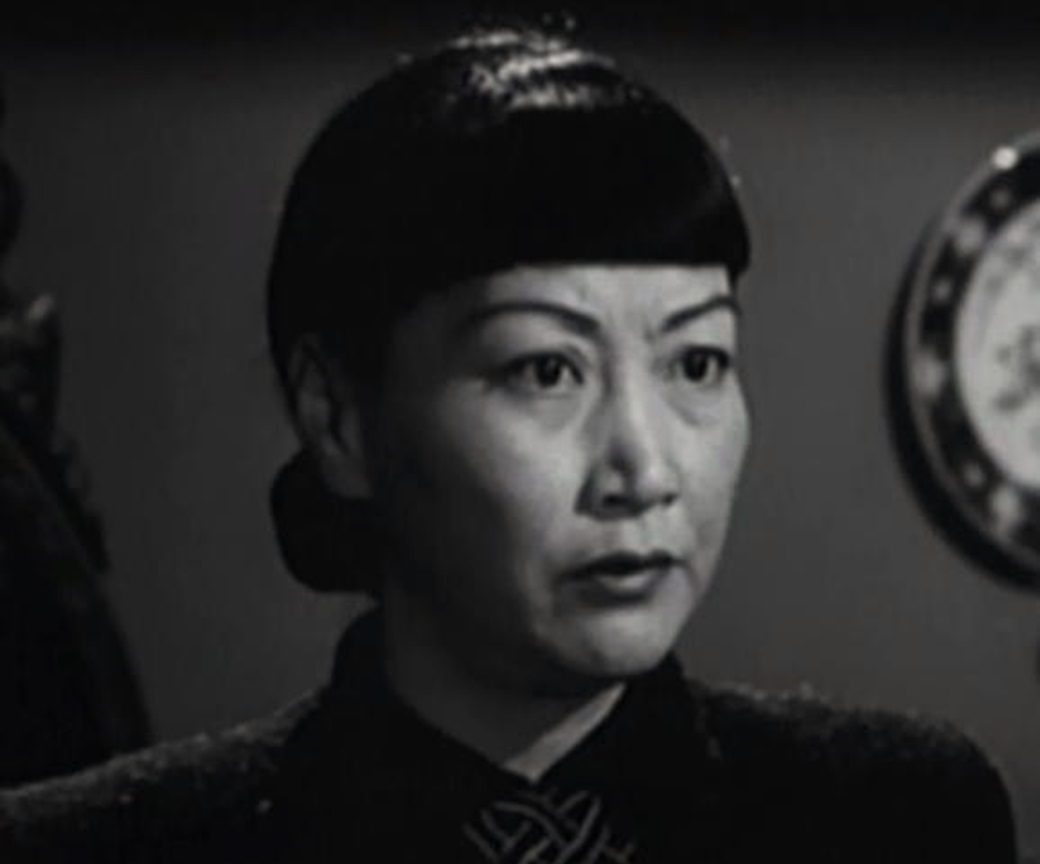 film screenshot (Cardinal Pictures) ,Wikimedia Commons
film screenshot (Cardinal Pictures) ,Wikimedia Commons
23. She Was Tired Of Being Typecast
By the end of the 1920s, Wong had grown tired of playing the same, tired roles in Hollywood productions. Another “Butterfly”. Another “Dragon Lady”. “There seems little for me in Hollywood,” Wong lamented, “because, rather than real Chinese, producers prefer Hungarians, Mexicans, American Indians for Chinese roles”.
What she did next, however, stunned everyone.
 Carl Van Vechten, Wikimedia Commons
Carl Van Vechten, Wikimedia Commons
24. She Hopped Across The Pond
In 1928, Wong made another bold decision: She left Hollywood. Sensing that her career had stagnated, Wong picked up her talent and moved to Europe. It proved to be a brilliant decision. Immediately after arriving, Wong landed the starring roles in several German films directed by Richard Eichberg including Schmutziges Geld and Großstadtschmetterling (aka Pavement Butterfly).
Even the critics were kinder in Europe.
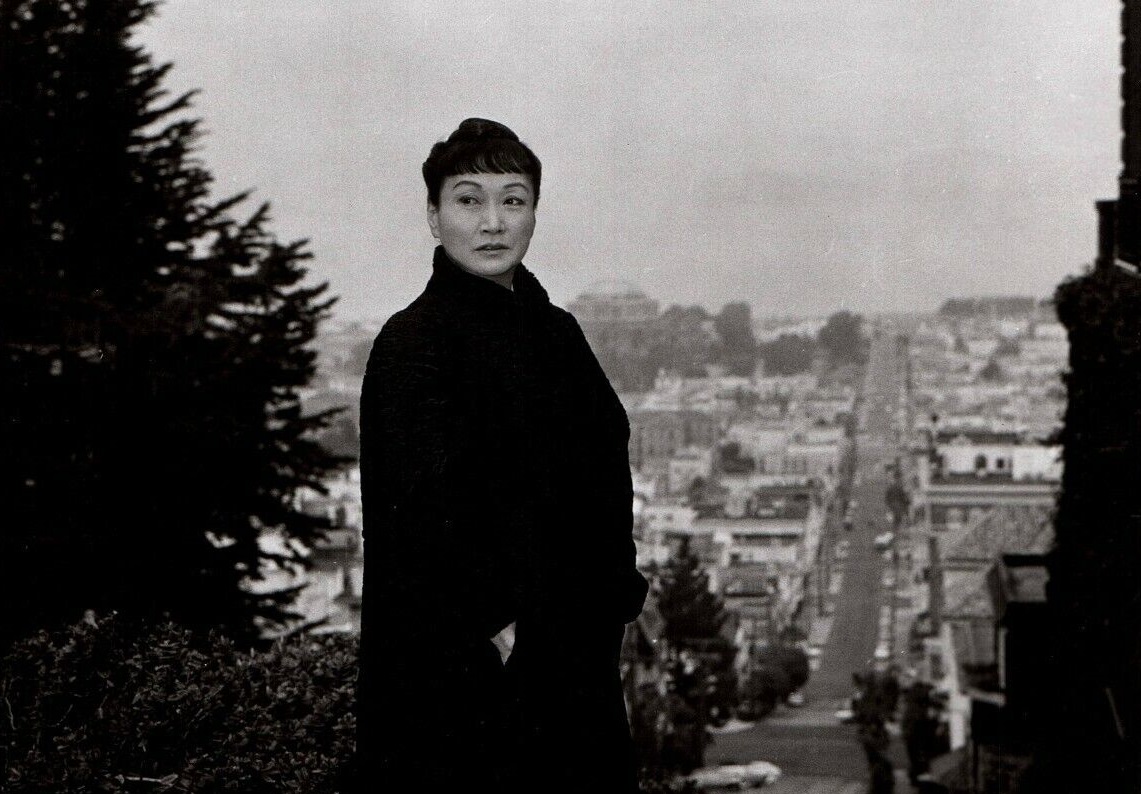 Universal Pictures, Wikimedia Commons
Universal Pictures, Wikimedia Commons
25. She Finally Got The Lead
European audiences were only too happy that Hollywood’s biases had stymied Wong’s career. After her European debut, German critics lauded Wong’s “transcendent talent” and “great beauty”. Funny enough, German critics didn’t mention the fact that Wong was American. They only spoke about her Chinese heritage. But she was about to prove that she was more German than anything else.
26. Her German Was Flawless
Finding her stride in Europe, Wong ventured off stage in the operetta Tschun Tschi. While it was impressive enough that the silent film star could sing, it was even more impressive how she sang. Wong delivered her performance in flawless German, with one critic commenting that she held the entire audience rapt with every lyric.
Every now and again, however, she reminded audiences that she was American—in the worst way.
27. She Had A “Yankee Squeak”
Off of her success in Germany, Wong starred alongside a young Laurence Olivier in a London production of A Circle of Chalk. While the English audiences couldn’t deny Wong’s talent, they were less impressed with her English than the Germans had been with her German. Critics panned Wong’s “Yankee squeak," prompting her to take lessons in received pronunciation.
Given what happened next, it clearly paid off.
28. She Was All The Rage In Europe
Despite a shaky start in England, Wong continued her European conquest and went on to star in five British films. She became a sensation on the continent, from Berlin to London and back. By the end of it, she had British audiences eating out the palm of her hand with a spotlight-stealing performance in Piccadilly.
Adoring fans weren’t the only ones falling to her charms.
29. She Mashed With Maschwitz
Wong jealously guarded the details of her personal life. However, whenever a secret leaked out, it was scandalous. There was speculation at the time that Wong had struck up a romance with the British entertainer Eric Maschwitz. Maschwitz, however, was married to the actress Hermione Gingold at the time.
Nevertheless, many film historians believe that Maschwitz dedicated the lyrics of the song “These Foolish Things” to Wong.
30. She Spoke Many Languages
With the introduction of sound into film, Wong saw another opportunity to shine and show off her acting chops. She made her debut in “the talkies” with 1930’s The Flame of Love—and talk, she did. Wong demonstrated her versatility and dedication as an actress by recording the French, English, and German versions of The Flame of Love.
Her success rekindled another old flame.
 Carl Van Vechten, Wikimedia Commons
Carl Van Vechten, Wikimedia Commons
31. She Made Her Comeback
Just as Wong had established herself in Europe as a leading lady, Hollywood came calling again. Desperate for foreign talent, Paramount Studios begged to have Wong back, this time promising to give her the leading roles she so rightly deserved. With her hopes restored, Wong agreed and returned stateside. But only tragedy awaited her at home.
 NBC Television, Wikimedia Commons
NBC Television, Wikimedia Commons
32. She Got The Spotlight On Broadway
Wong made a triumphant return to the United States, stepping into the spotlight on Broadway in On the Spot. Wong embraced elements of her Chinese heritage for the role, reminding American audiences of her unmatched talents. However, Wong had to make one sacrifice for the role that would haunt her for the rest of her life.
33. She Skipped Her Mother’s Funeral
While Wong bedazzled on Broadway, tragedy struck her family—literally. Back in Los Angeles, a car struck Wong’s mother just outside of their Figueroa Street home. Chinese tradition dictated that Wong return home to attend her mother’s funeral. What she did next was almost unforgivable.
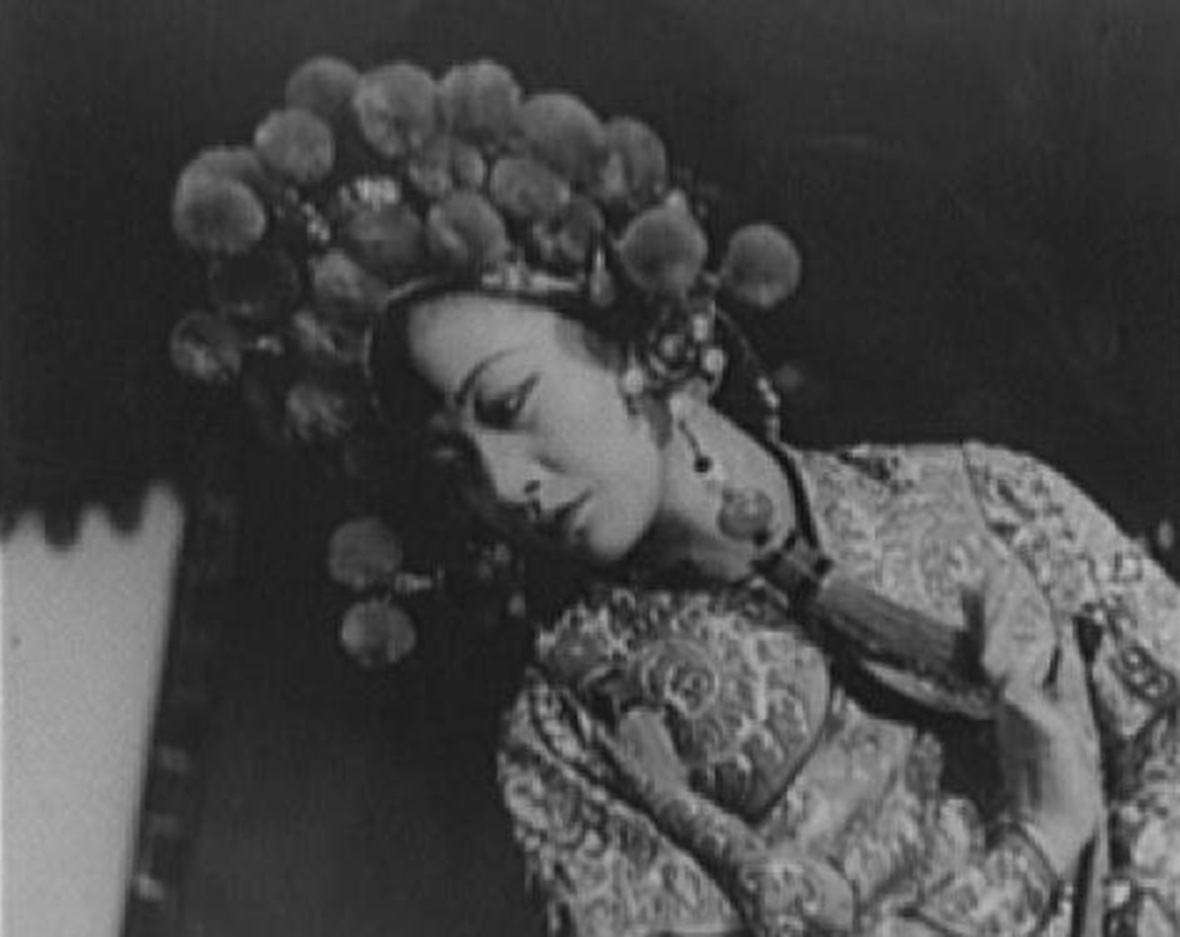 Carl Van Vechten, Wikimedia Commons
Carl Van Vechten, Wikimedia Commons
34. Her Father Waited For Her
Wong feared that if she left Broadway to attend her mother’s funeral, the play’s producers would have no choice but to replace her. To her father’s disappointment, Wong made the tough decision to stay in New York. He did, however, keep her mother’s body in a vault until Wong completed the 167 performances of On the Spot.
Tragically, her sacrifice went in vain.
35. She Was Back In Second Place
Almost as soon as she returned to Hollywood, Wong learned that nothing had really changed. Hollywood cast her as another “Dragon Lady” in Daughter of the Dragon alongside Sessue Hayakawa. Even though she was, by then, a bona fide A-lister, Wong still received less pay than her male and white counterparts. The discrimination was beginning to take its toll.
36. She Protested
By 1933, the years of discrimination that Wong had faced in Hollywood was finally beginning to get on her nerves. In an interview for Film Weekly entitled “I Protest," Wong voiced her objections to the way Hollywood typecast Asian actors. “Why is it,” she challenged, “that the screen Chinese is always the villain?” They tried to make her a villain off screen as well.
37. She Dated Dietrich (Maybe)
Despite her frustrations, Wong continued taking secondary roles in major studio productions. She appeared alongside Marlene Dietrich as a self-sacrificing courtesan in Josef von Sternberg’s Shanghai Express. The sensually-charged film, coupled with the actress's on-screen chemistry, sparked rumors that Wong and Dietrich were having an affair.
It wasn’t the first time that people whispered about Wong’s preferences.
38. She Had Questionable Friends
While in Germany, Wong sparked controversy with another one of her gal pals. The America-to-Germany transplant thespian had become good friends with the actress Leni Riefenstahl. People speculated that the two had become intimate—a rumor made even more scandalous when Riefenstahl went on to produce propaganda for the Third Reich.
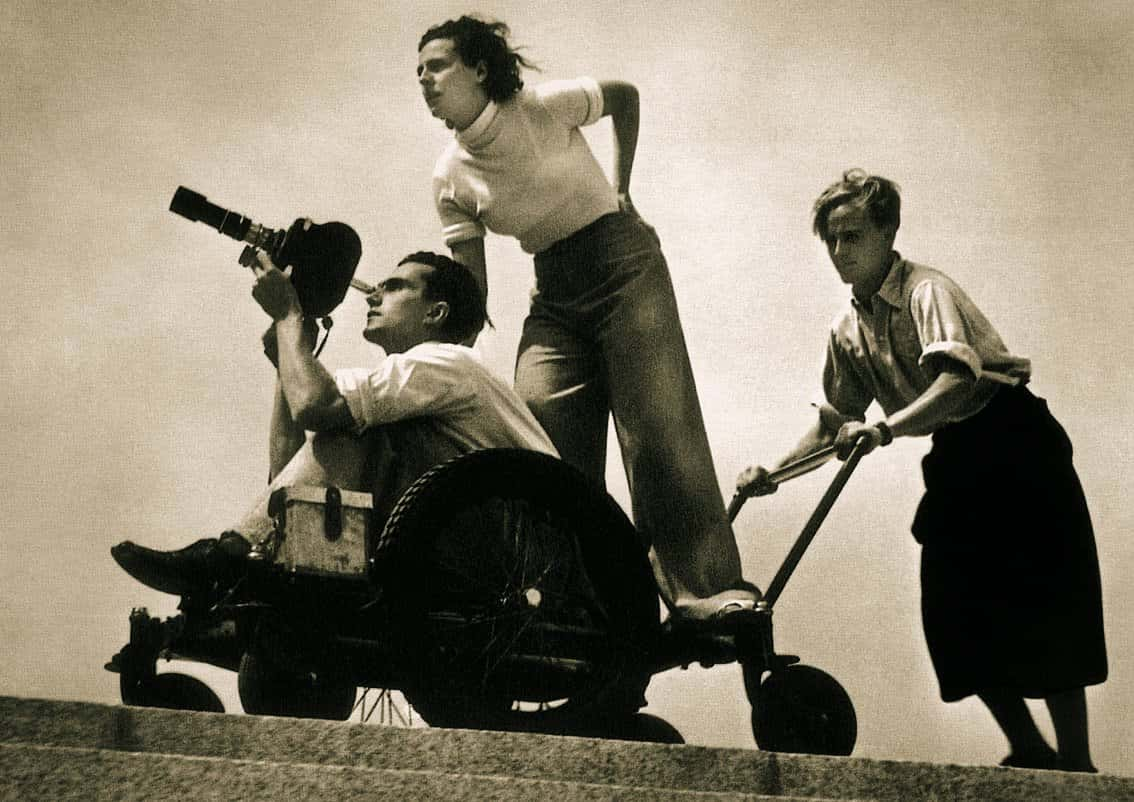 Flickr, Breve Storia del Cinema
Flickr, Breve Storia del Cinema
39. Her Father Was Proud Of Her
The rumors about Wong’s preferences and the company she kept further heightened tension between Wong and her father. Eventually, in 1934, he and Wong’s siblings packed up their belongings and moved to China. Before he left, however, Wong’s father made a touching confession. Despite their differences, he was proud of his daughter.
But her darkest days were still ahead.
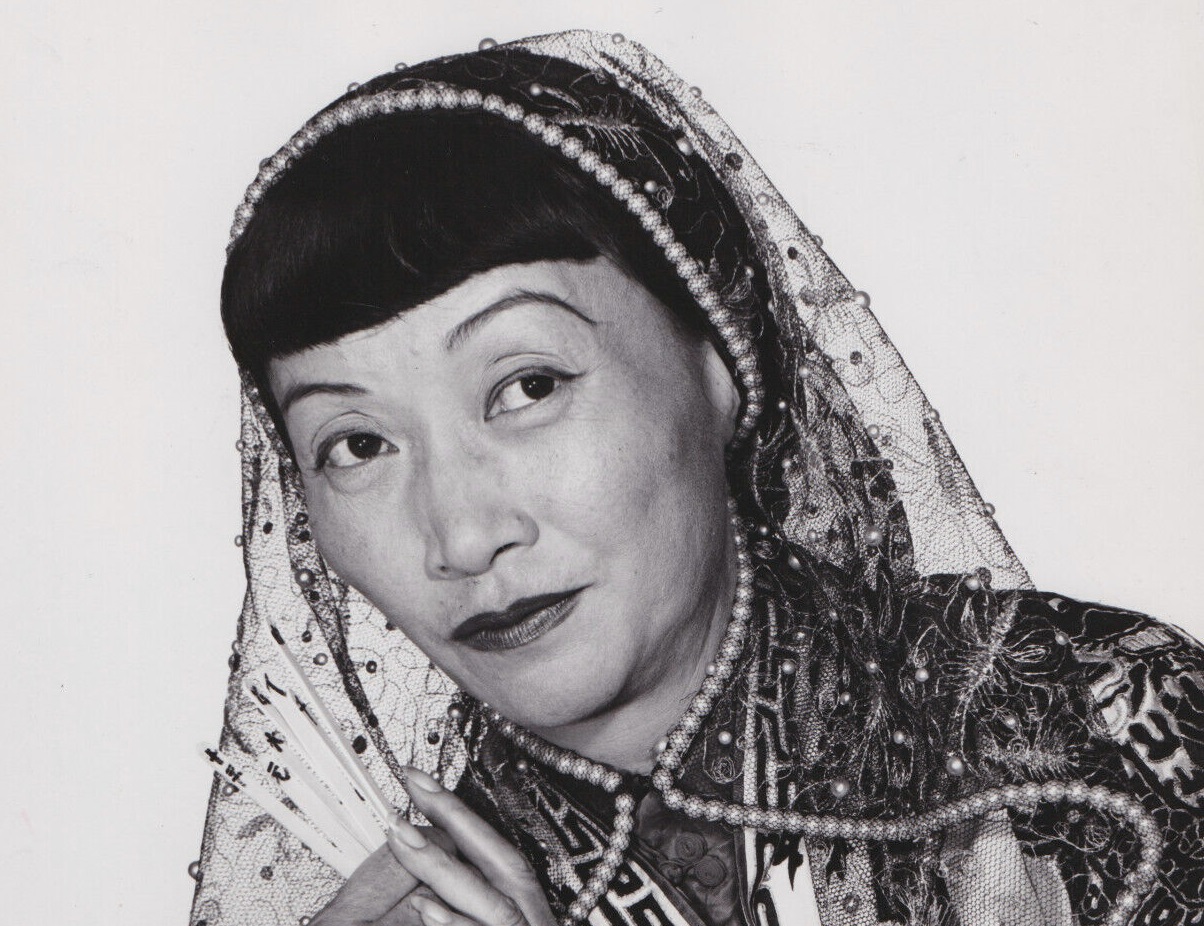 CBS Television, Wikimedia Commons
CBS Television, Wikimedia Commons
40. She Brought Nothing But Disgrace
Even as she tried to honor her heritage and ancestors, the Chinese press were unrelentingly critical of Wong. As her stardom grew, their criticism only got more and more intense. After starring in Shanghai Express, one Chinese newspaper ran the headline: “Paramount Utilizes Anna May Wong to Produce Picture to Disgrace China”.
No one else thought she lacked grace.
41. She Was An Icon
Ever since her “flapper” days, Wong had developed a reputation as a fashion icon and symbol of female empowerment. In 1934, the Mayfair Mannequin Society of New York decided to recognize Wong’s effortless style, naming her “The World's Best-Dressed Woman”. Similarly, Look magazine dubbed her “The World's Most Beautiful Chinese Girl”.
But, funny enough, major studios thought this was a bad thing.
 Carl Van Vechten, Wikimedia Commons
Carl Van Vechten, Wikimedia Commons
42. She Was "Too Chinese"
Wong desperately wanted the lead female role in The Son-Daughter. In a stunning display of prejudice, however, MGM passed her up for the role. The reason they gave was devastating. Studio heads called Wong “too Chinese to play a Chinese” and instead gave the role to Helen Hayes who appeared in yellowface. Then they added insult to injury.
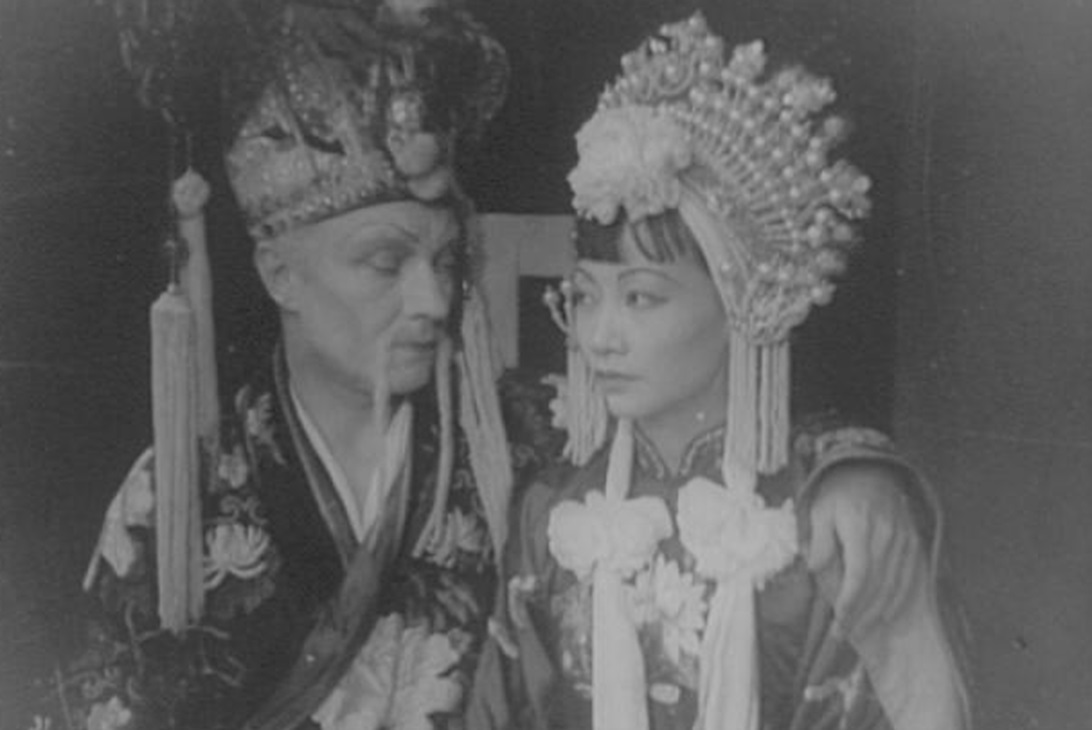 Carl Van Vechten, Wikimedia Commons
Carl Van Vechten, Wikimedia Commons
43. She Wanted One Role More Than Any Other
Wong set her sights next on the highly-anticipated film adaptation of The Good Earth. She, along with many Hollywood reporters, campaigned to land the role of the story’s hero, O-lan. Instead, MGM once again insulted Wong by offering her the role of the concubine, Lotus. Finally, Wong made her stand.
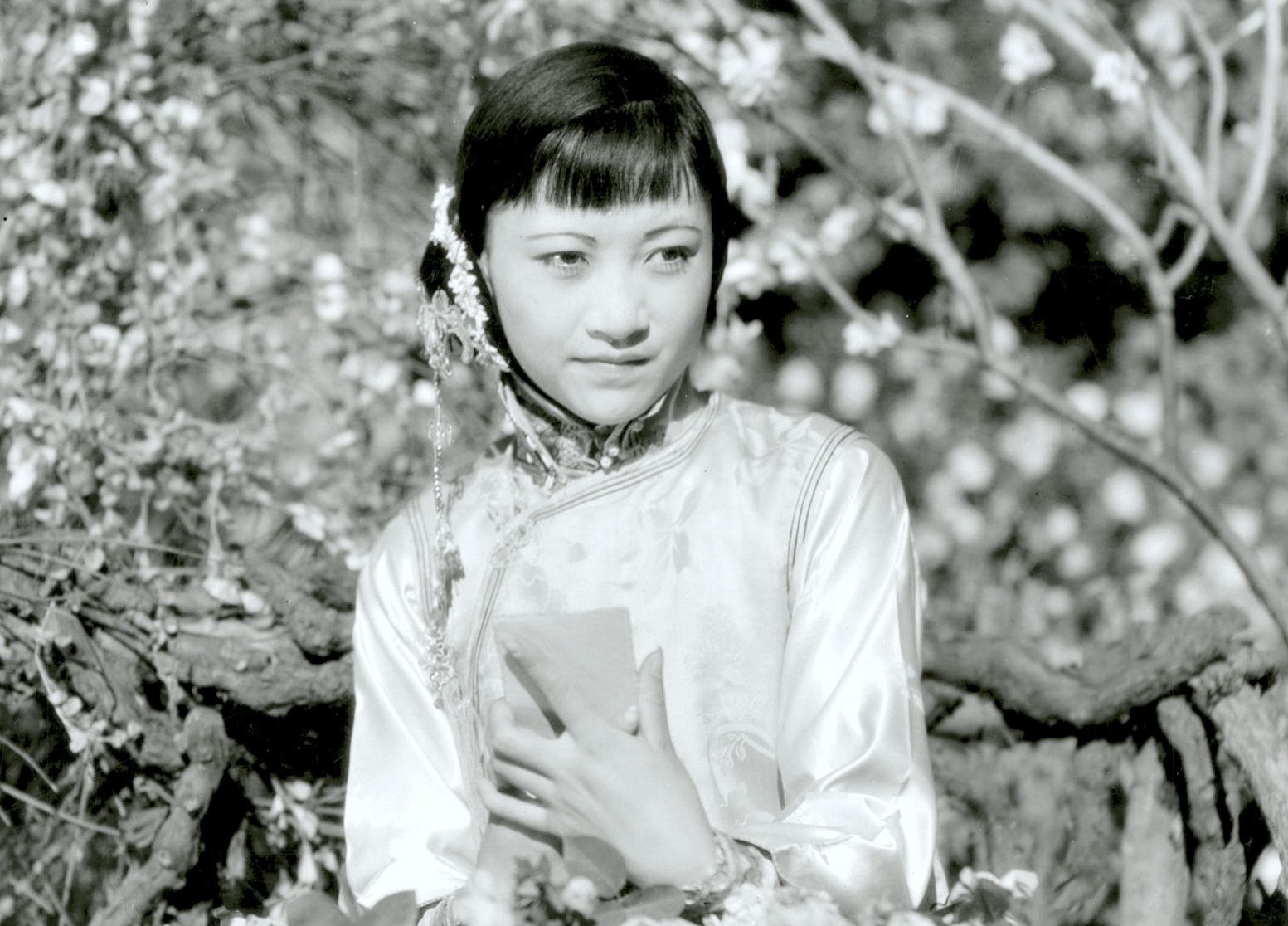 Metro Pictures, Wikimedia Commons
Metro Pictures, Wikimedia Commons
44. She Lost The Part Of A Lifetime
In a meeting with MGM’s head of production, Irving Thalberg, Wong finally expressed her exasperation. "If you let me play O-lan, I will be very glad,” she explained. “But you're asking me—with Chinese blood—to do the only unsympathetic role in the picture featuring an all-American cast portraying Chinese characters”.
In the end, the studio decided to cast a white actress named Luise Rainer instead. Even worse? Rainer won the Oscar for Best Actress for her yellowface performance.
Anna May Wong's next move left Hollywood stunned.
45. She Left Hollywood—Again
Following yet another disappointment in Hollywood, Wong made a shocking announcement. She was going to take a year off from film and travel to her ancestral homeland. She made plans to meet up with her father and their extended family in their home village in Taishan. But, no matter where she went, she couldn’t escape the drama.
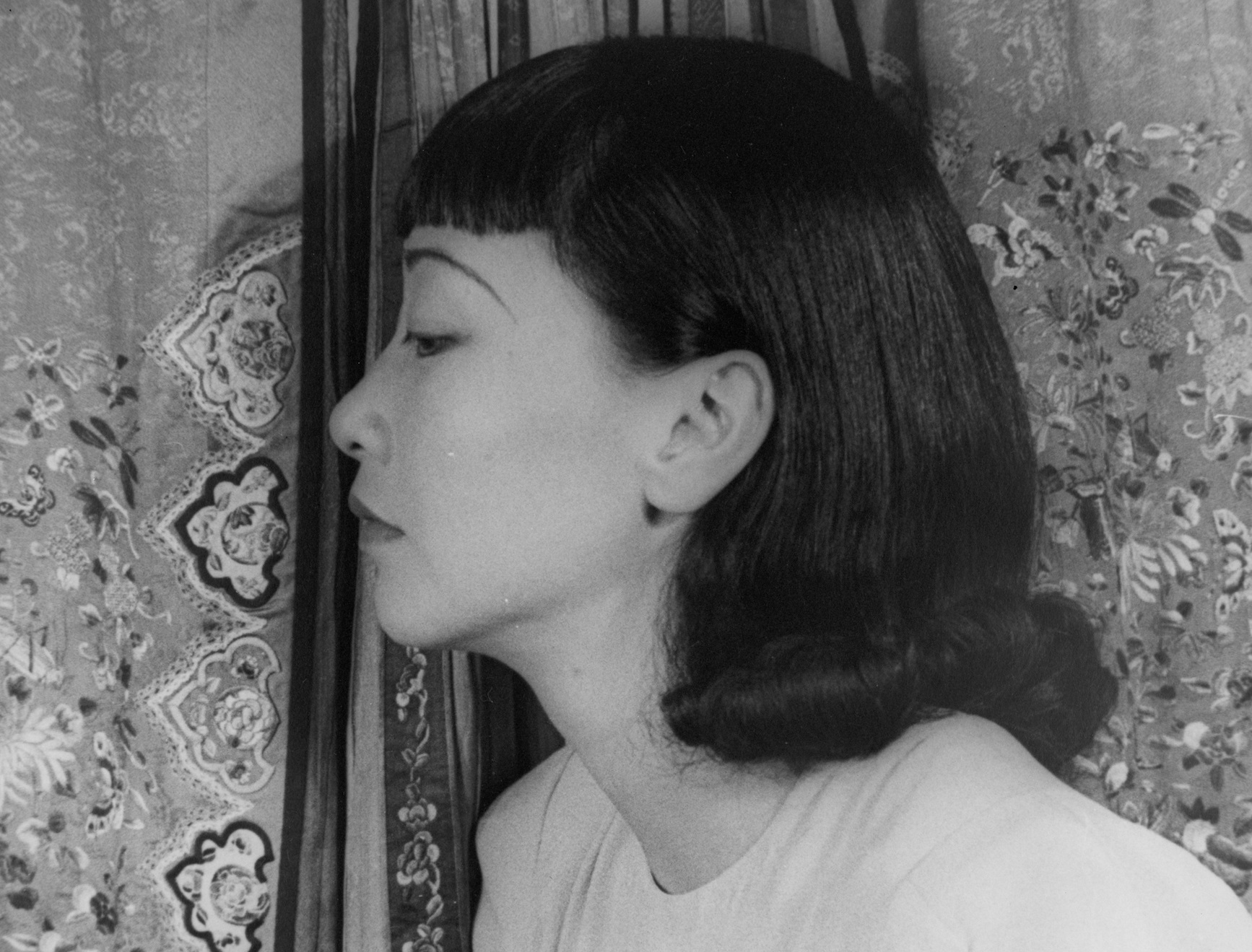 Carl Van Vechten, Wikimedia Commons
Carl Van Vechten, Wikimedia Commons
46. She Was Married To Her Art
As she passed through Tokyo, Wong learned that she had underestimated her starpower in Asia. Local reporters, eager to get a glimpse of the Chinese-American star, pestered her with questions about her love life. Wong coyly replied, “I am wedded to my art”. The next day, Japanese newspapers ran with the story that Wong had tied the knot with a “wealthy Cantonese man named ‘Art’”.
But this wasn’t the only thing lost in translation.
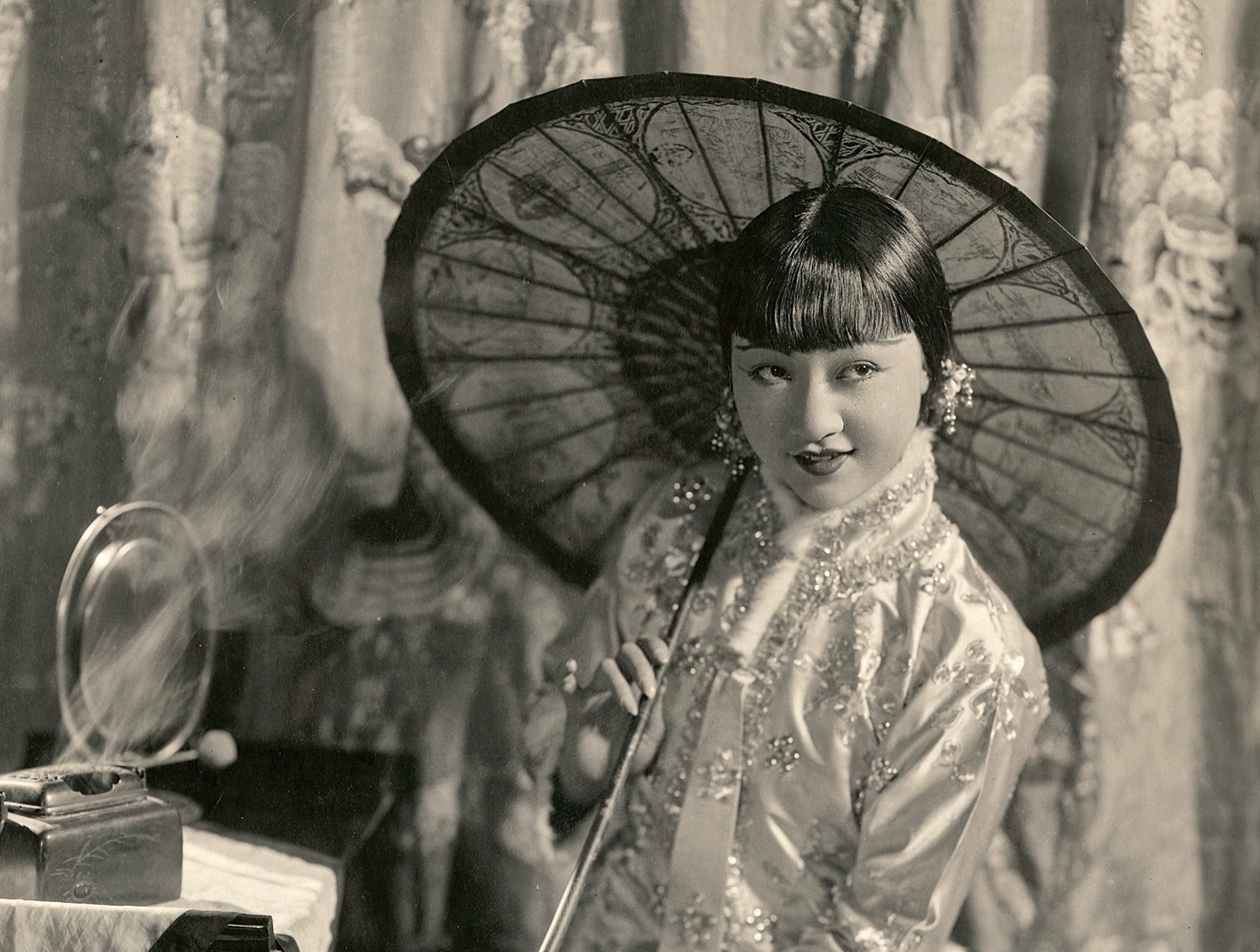 Paramount pictures, Wikimedia Commons
Paramount pictures, Wikimedia Commons
47. She Was Moody
Unbeknownst to her fans, fame had taken its toll on Wong. Over the years, she had developed a severe drinking problem and smoked more than a chimney in winter. The stresses manifested themselves in “bouts of depression” and unpredictable mood swings. In dramatic fashion, one such mood swing turned a dangerous mob against her.
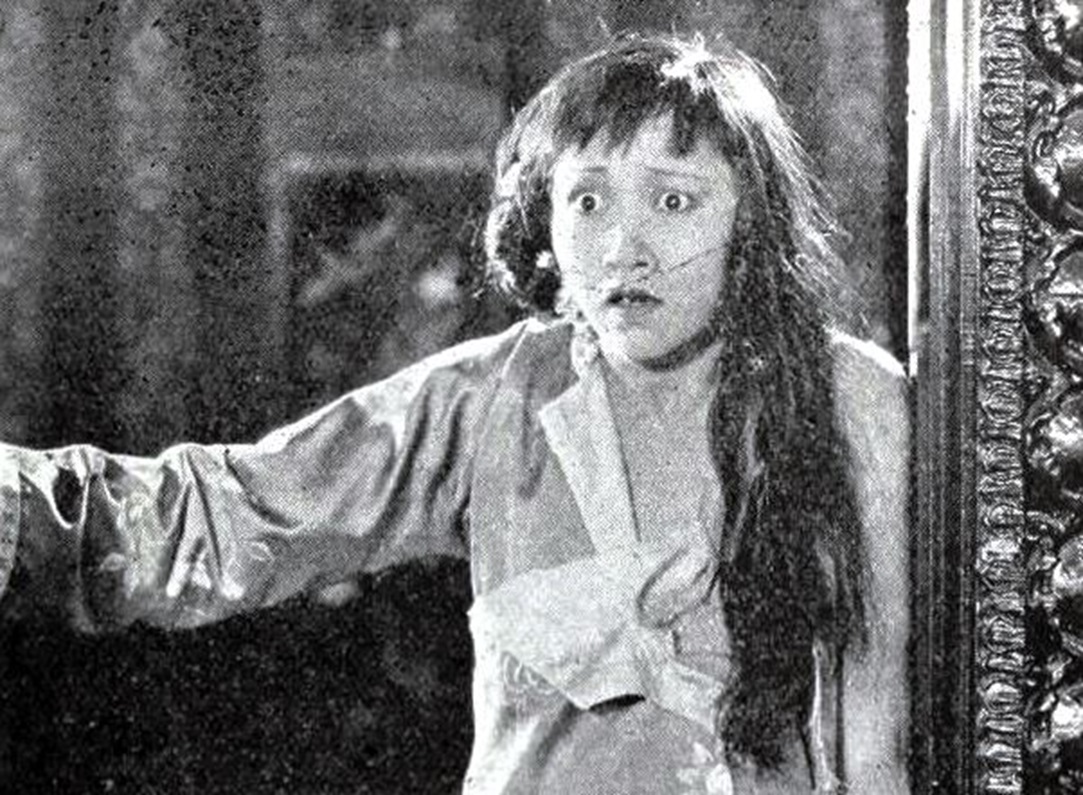 Universal Pictures, Wikimedia Commons
Universal Pictures, Wikimedia Commons
48. She Caused A Riot
Arriving in Hong Kong, Wong was feeling particularly irritable. But when she disembarked, greeting a throng of adoring fans with a glare and dismissive hand gesture, the crowd turned against her. “Down with Huang Liu-tsong—the stooge that disgraces China,” one man shouted. “Don't let her go ashore”. In tears, Wong retreated as the mob turned into a frenzy.
49. She Gave Up On Chinese Theater
After laying low, Wong completed her tour in China. Reports vary about the time she spent in her ancestral village. Some reports claim that the villagers welcomed her with open arms while other reports say they shouted her out of town. Either way, Wong returned from her year in China feeling even more defeated than when she arrived.
“I am convinced that I could never play in the Chinese Theatre,” she confessed. “I have no feeling for it”.
 Warner Bros, Wikimedia Commons
Warner Bros, Wikimedia Commons
50. She Forged Her Own Way
Returning to Hollywood, Wong made a bold decision: she would never take another role that she felt stereotyped Asians. But her decision came at a cost. Wong finished out the 1930s making B-movies for Paramount. But the joke was on Hollywood. The smaller productions allowed her more freedom to take on the roles she had always sought.
In fact, her starpower only got brighter.
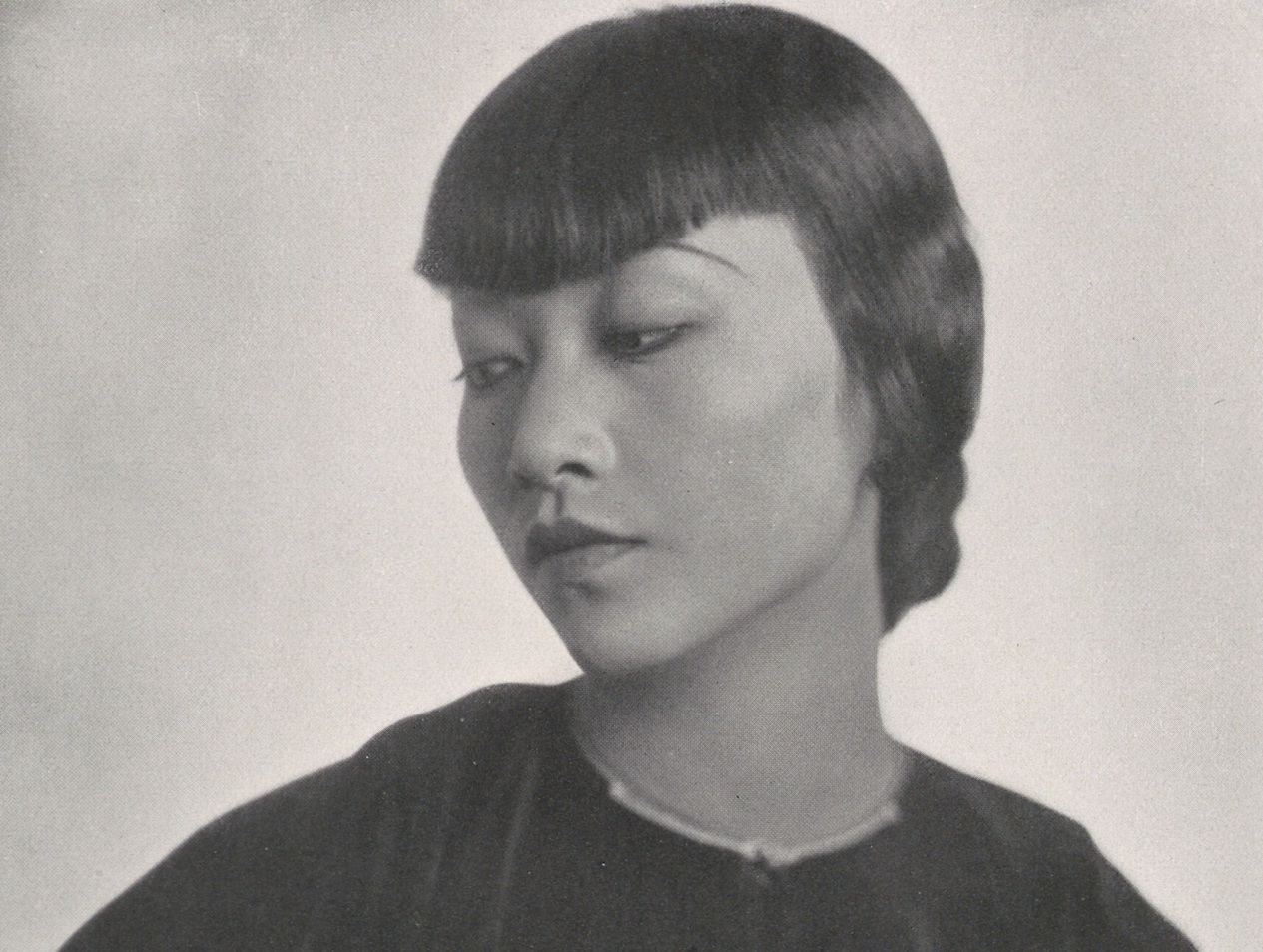 Polona Digital Library, Wikimedia Commons
Polona Digital Library, Wikimedia Commons
51. She Was A Polyglot
Enjoying her newfound freedom, Wong started up a cabaret act that showcased more of her talents. She sang songs in Cantonese, French, English, German, Danish and Swedish (to name a few) and toured with her act all throughout the US, Europe, and Australia. Sadly, however, not all Chinese people were doing quite as well as Wong.
52. She Gave Everything To Chinese Charities
Even before the outbreak of WWII, Wong took up the cause of the Chinese people’s struggle against Imperial Japan. She began donating her proceeds to Chinese charities and encouraged the production of more films that were sympathetic to the Chinese plight. But, thanks to years of drinking and smoking, she was, herself, in no condition to offer aid.
53. Her Friends Had To Carry Her
In 1953, doctors diagnosed Wong with cirrhosis. But that did little to stop her dangerous habits. Just a few years later, Wong appeared in New York at a lunch with friends. In a testament to the depths of troubles, the aging actress showed up to the lunch so soused that her friends had to physically carry her out of the restaurant.
The end was nearer than she knew.
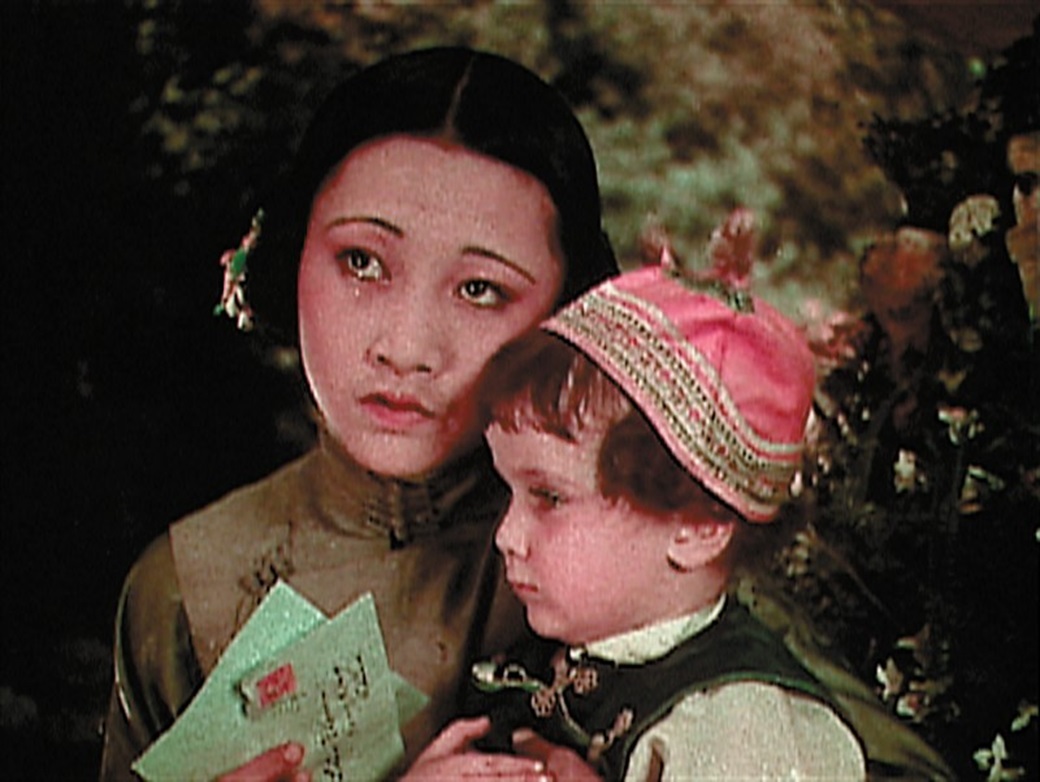 Metro Pictures, Wikimedia Commons
Metro Pictures, Wikimedia Commons
54. She Passed Suddenly And Silently
Only days after appearing on The Barbara Stanwyck Show, Wong met an unexpected end. About a month after her 56th birthday, in February of 1961, Wong suffered a heart attack. While fast asleep in her bed, the legendary actress drew her final breaths and passed away—more appreciated after her demise than during her life.
But she left behind some sage advice for those following in her footsteps.
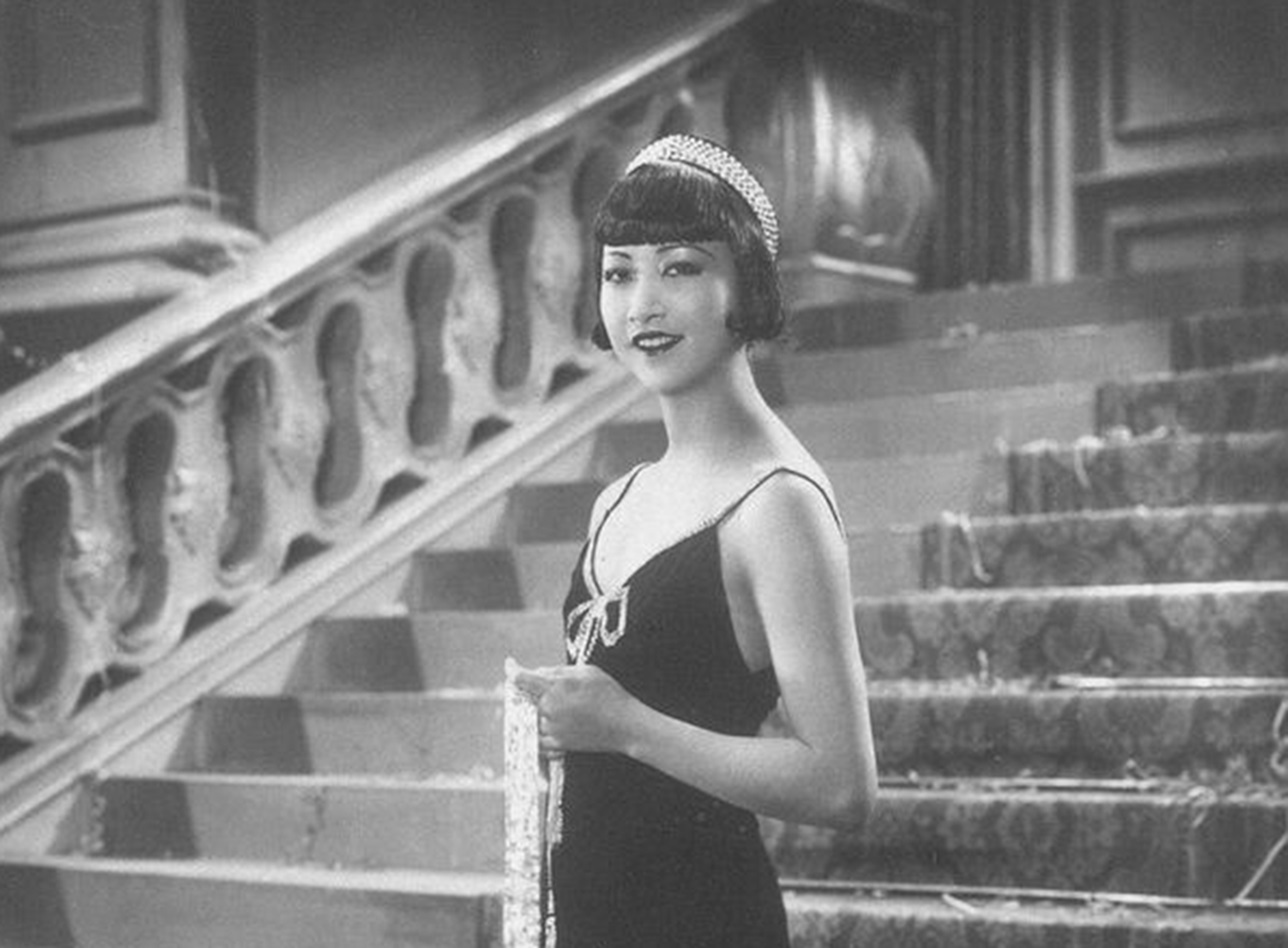 Unknown Author, Wikimedia Commons
Unknown Author, Wikimedia Commons
55. She Never Lost Her Soul
Despite all of the prejudice and discrimination that she faced, Wong enjoyed an uncharacteristically long career. And throughout it all, she managed to maintain her grace and dignity—and her soul. For that, she had her father to thank who warned her as she got into show business, “Don't be photographed too much or you'll lose your soul”.
 City of Boston Archives, Wikimedia Commons
City of Boston Archives, Wikimedia Commons

